Constitutional law and administrative law are closely connected. While administrative law focuses on the organization, powers, functions, and duties of administrative authorities, constitutional law addresses the general principles regarding these organizations, their powers, and their relationship with individuals.
Regarding their relationship, it is often said that "It is logically impossible to distinguish administrative from constitutional law and all attempts to do so are artificial. Constitutional law describes the various organs of government at rest, while administrative law describes them in motion."
In simpler terms, constitutional law covers the structure of the legislature and the executive, while administrative law deals with their functions. Thus, they are closely connected and form the foundation for accountability and responsibility in government. English jurists have historically seen no difference between the two. Despite this, they do overlap in certain areas, often referred to as the 'water shades of administrative law'. However, the differences between the two show that they are both supplementary and complementary.
Difference Between Administrative Law and Constitutional Law
- Constitutional Law
- It is the supreme law of any nation-state.
- Focuses on the structure and organs of the State.
- Has a broad scope, addressing the powers of the State, general governance principles, and the relationship between citizens and the State.
- In countries with a written constitution, it is codified into a single document.
- Establishes the framework for administrative bodies.
- Administrative Law
- Serves as a supplementary law to the supreme law.
- Concerns the actual functioning of the State's organs.
- Has a narrower scope, dealing specifically with the powers and operations of administrative bodies.
- It is not codified and can encompass numerous laws and regulations.
- Defines the legal roles and limitations of administrative bodies, acting as the implementation arm of constitutional law.
The relationship between these two laws has always been complex. In India, the presence of a written Constitution and the concept of Judicial Review make it challenging to separate the two. There is no clear-cut distinction between them, which requires scholars and jurists to delve deeply into both areas. Constitutional law is considered the foundation of administrative law, with both being essential public laws that cannot exist independently.
In the case of Suk Das v. Union Territory of Arunachal Pradesh (1986), the court found a clear connection between constitutional law and administrative law. The court emphasized that administrative law serves to uphold the principles, duties, rights, and obligations established by constitutional law. However, it also highlighted the necessity of distinguishing between the two areas to address the issue of jurisdiction effectively.
The confusion arose because the U.K. has an unwritten constitution. In such cases, it falls to jurists and scholars to clarify the differences and relationships between constitutional law and administrative law. For instance, Holland noted that constitutional law outlines the various organs of the government, while administrative law describes their activities. Thus, the structure of the legislature and executive falls under constitutional law, whereas their functioning is governed by administrative law.
Ivor Jennings explained that constitutional law deals with the general principles related to the organization, its powers, and the powers of other governmental organs, along with their mutual relationships. In contrast, administrative law focuses on the organization, its functions, and the powers of administrative authorities. Locke had a clear view on the matter, stating, “an individual can do anything but what is forbidden by law while the state may do nothing but what is authorized by law.”
Foulks described administrative law as the “law relating to public administration.” It addresses the legal forms and constitutional status of public authorities, their powers and duties, the procedures they follow in exercising them, and their legal relationships with one another, the public, and their employees. It seeks to control their activities in various ways.
Doctrine of "Water Shades"
The doctrine of "water shades" aims to define clear boundaries for the application of constitutional and administrative laws. Dicey and Holland attempted to describe the relationship between these two areas of law, but many jurists believe there remains a grey area. In India, this ambiguity is reflected in the constitutional mechanisms for overseeing administrative authorities. Articles 32, 136, 226, 227, 300, and 311 of the Constitution address the study and regulation of administrative agencies, including the delegation of legislative powers and limitations on administrative actions. These articles highlight the interconnectedness of constitutional and administrative law.
The growth of administrative law has been driven by the evolving and expanding role of the state and its relationship with the people. In a country like India, public expectations are high because the government functions not only as a facilitator but also as a regulator. The government's role extends beyond defending against external threats to managing internal issues as well. Effective governance is essential for the equitable distribution of limited resources.
Technological advancements have brought challenges such as unemployment and resource overutilization. Additionally, traditional courts often face inefficiencies, necessitating a system that ensures justice, welfare, and swift problem-solving. As a result, the development of administrative law has become crucial, forming the backbone of modern political philosophy.
The development of administrative law isn't a recent phenomenon; it has roots going back to ancient times. During the Maurya and Gupta periods, there were well-structured administrative laws. The concept of Dharma, which emphasized principles like natural justice and fairness, was highly valued. It had a broader scope than the rule of law or due process, and every king or monarch adhered to it without claiming any special privileges.
In India, constitutional law is the primary source of administrative law and is considered its foundation. However, ordinances are also an important source. Under Articles 213 and 123 of the Constitution, the President and Governors have the power to issue ordinances in emergency situations, but these ordinances must be approved later to remain valid.
In the Bank Nationalization Case, the Supreme Court ruled that if an ordinance is issued for improper reasons, it can be challenged in the Apex Court. Similarly, in S.R. Bommai v. Union of India, the court stated that a proclamation of emergency under Article 356 due to a failure of constitutional machinery is subject to judicial review.
Important Case Laws and Observations
- State of Bombay v. Bombay Education Society: The court ruled that executive actions in India are protected in various ways. For instance, subordinate legislation, such as bye-laws and regulations, falls under the meaning of Article 13. However, if such legislation violates the Constitution, it can be struck down, as seen in Chandrakant Krishnarao Pradhan v. Jasjit Singh.
- Rashid Ahmed v. Municipal Board, Kairana: The court stated that any administrative action without a statutory basis can be deemed void.
- State of Mysore v. H.Srinivasmurthy: The court ruled that administrative actions can be challenged if a legislative act, considered an administrative order, is unconstitutional.
- Ram Narayan Singh v. State of Delhi: The court ruled that if orders are issued in quasi-judicial matters, they can be challenged on the grounds of being unconstitutional.
- A.R. Antulay v. R.S. Nayak: The court held that administrative law does not distinguish itself from constitutional law. The scope of administrative law is broad and includes various substantive areas like public health and education.
- Sunil Batra II v. Delhi Administration: Constitutional law has the authority to oversee the three branches of government and establish limits on how policies, rules, and regulations are formulated.
Conclusion
Constitutional law is crucial for setting guidelines, rules, and principles, which help expand the scope of administrative law. While the two fields sometimes overlap, they play essential roles in many situations. Although they are distinct areas of law, they share a common ground known as the "watershed area" in administrative law.
Questions and Answers
- Q: What is the main focus of administrative law compared to constitutional law?
A: Administrative law focuses on the organization, powers, functions, and duties of administrative authorities. In contrast, constitutional law deals with the general principles regarding these organizations, their powers, and their relationship with individuals. - Q: Why is it said that distinguishing between administrative and constitutional law
is difficult?
A: It is challenging to distinguish between administrative and constitutional law because they are closely connected and often overlap. Constitutional law describes the structure and organs of government, while administrative law describes their functioning. The distinction is often artificial, and they complement each other in many aspects. - Q: How do constitutional law and administrative law relate to each other in terms of
their scope?
A: Constitutional law has a broad scope, addressing the powers of the State, general governance principles, and the relationship between citizens and the State. Administrative law, on the other hand, has a narrower scope, focusing specifically on the powers and operations of administrative bodies. - Q: What role do ordinances play in the relationship between constitutional and
administrative law in India?
A: In India, ordinances are an important source of administrative law. Under Articles 213 and 123, the President and Governors have the power to issue ordinances in emergency situations, but these must be approved later to remain valid. This shows the interconnection between constitutional provisions and administrative actions. - Q: What is the significance of the "watershed area" in administrative law?
A: The "watershed area" refers to the common ground where constitutional law and administrative law overlap. This area highlights the need for a separate discipline to manage the boundaries and prevent arbitrary actions by administrative authorities while protecting the rights of individuals and the public. - Q: How does the concept of "Dharma" in ancient India relate to the development of
administrative law?
A: In ancient India, during the Maurya and Gupta periods, the concept of Dharma emphasized principles like natural justice and fairness, which were fundamental to governance. This concept played a crucial role in shaping early administrative laws, setting a precedent for the principles observed in modern administrative law. - Q: According to the case of S.R. Bommai v. Union of India, what aspect of
constitutional law is subject to judicial review?
A: In S.R. Bommai v. Union of India, the court ruled that a proclamation of emergency under Article 356, due to the failure of constitutional machinery, is subject to judicial review. This illustrates the checks and balances provided by constitutional law over administrative actions. - Q: What did the court rule in A.R. Antulay v. R.S. Nayak regarding the relationship
between administrative and constitutional law?
A: In A.R. Antulay v. R.S. Nayak, the court held that administrative law does not distinguish itself from constitutional law. It highlighted that while constitutional law provides the framework for public welfare, administrative law implements these ideas.


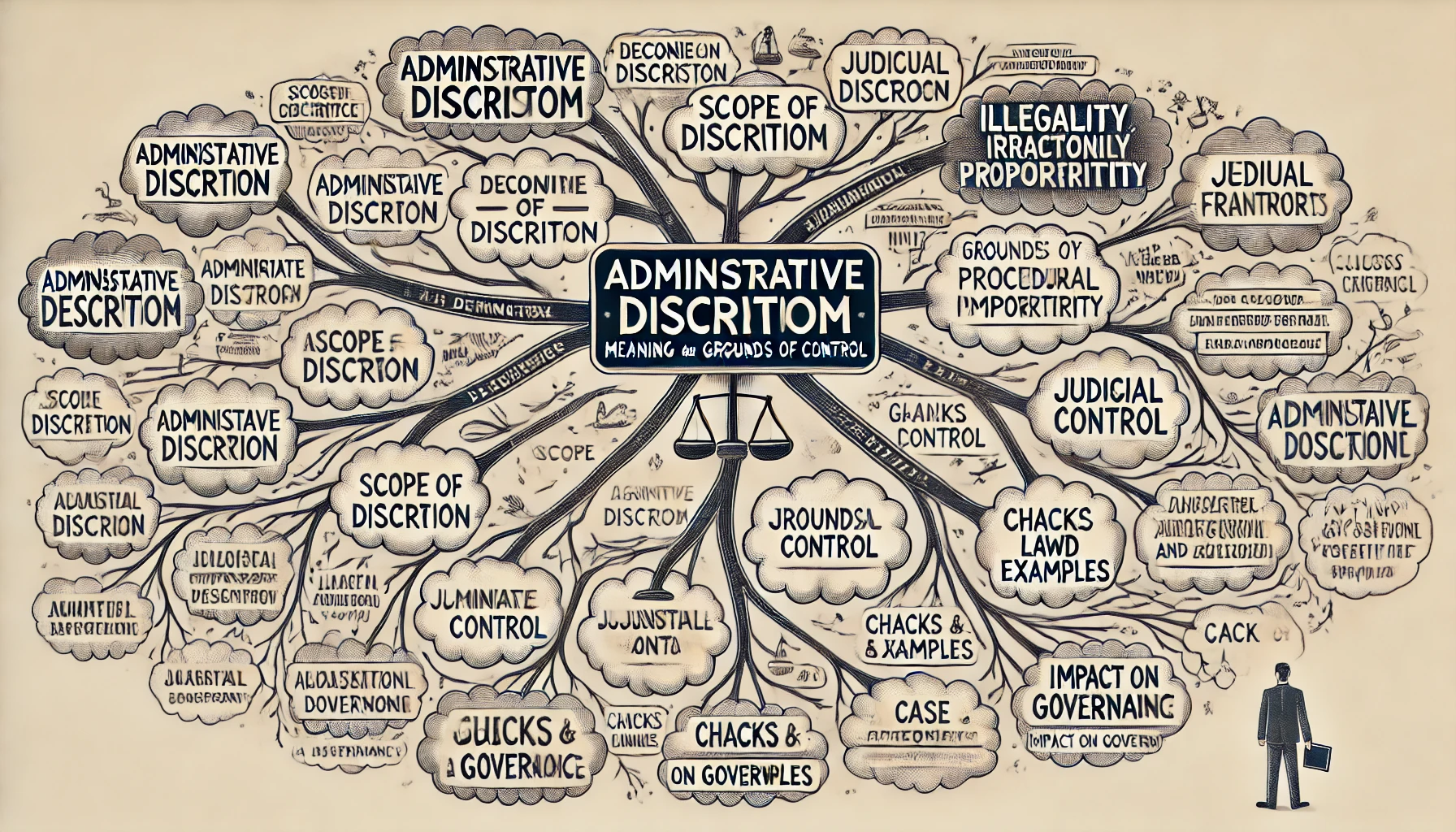
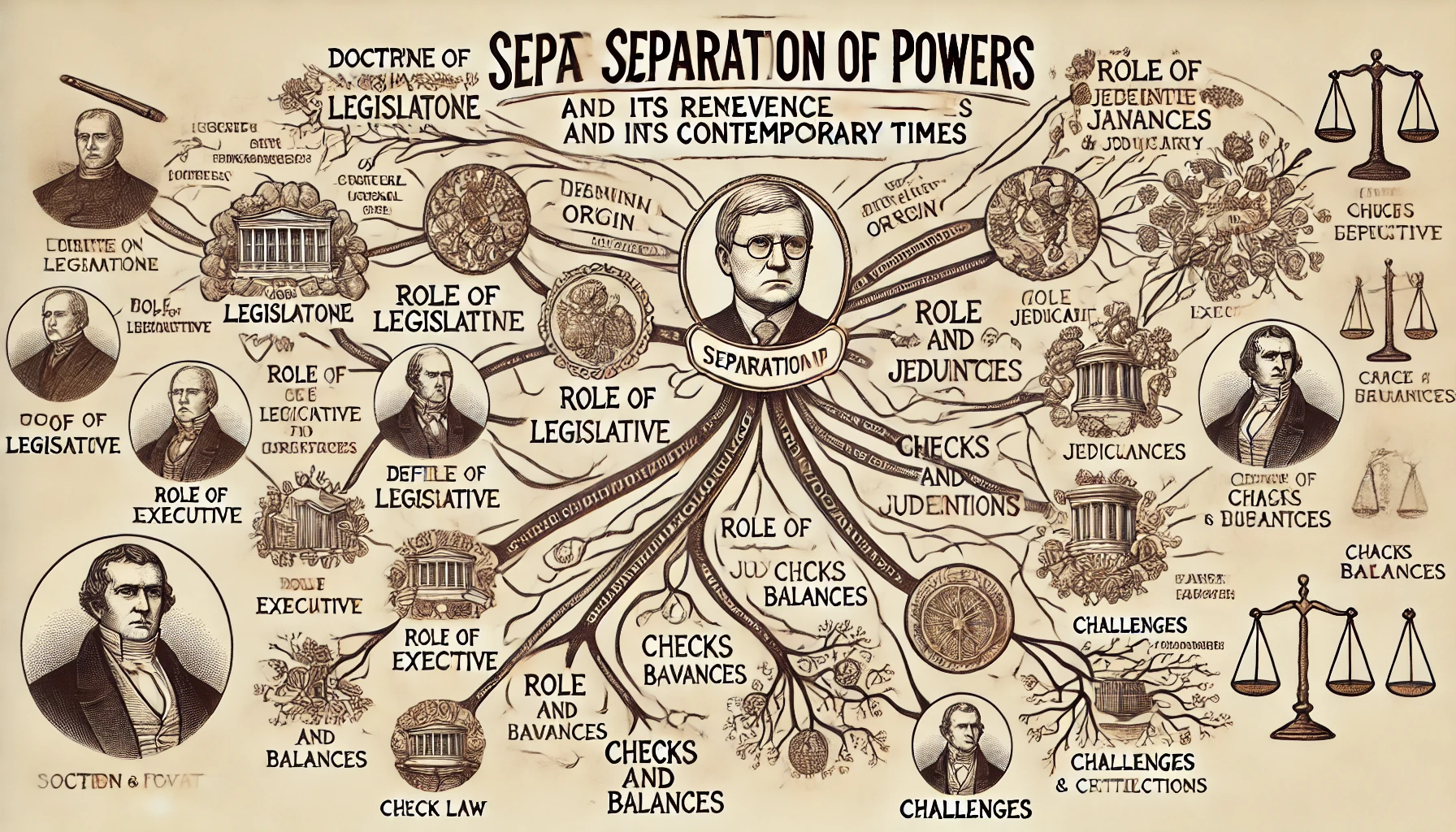
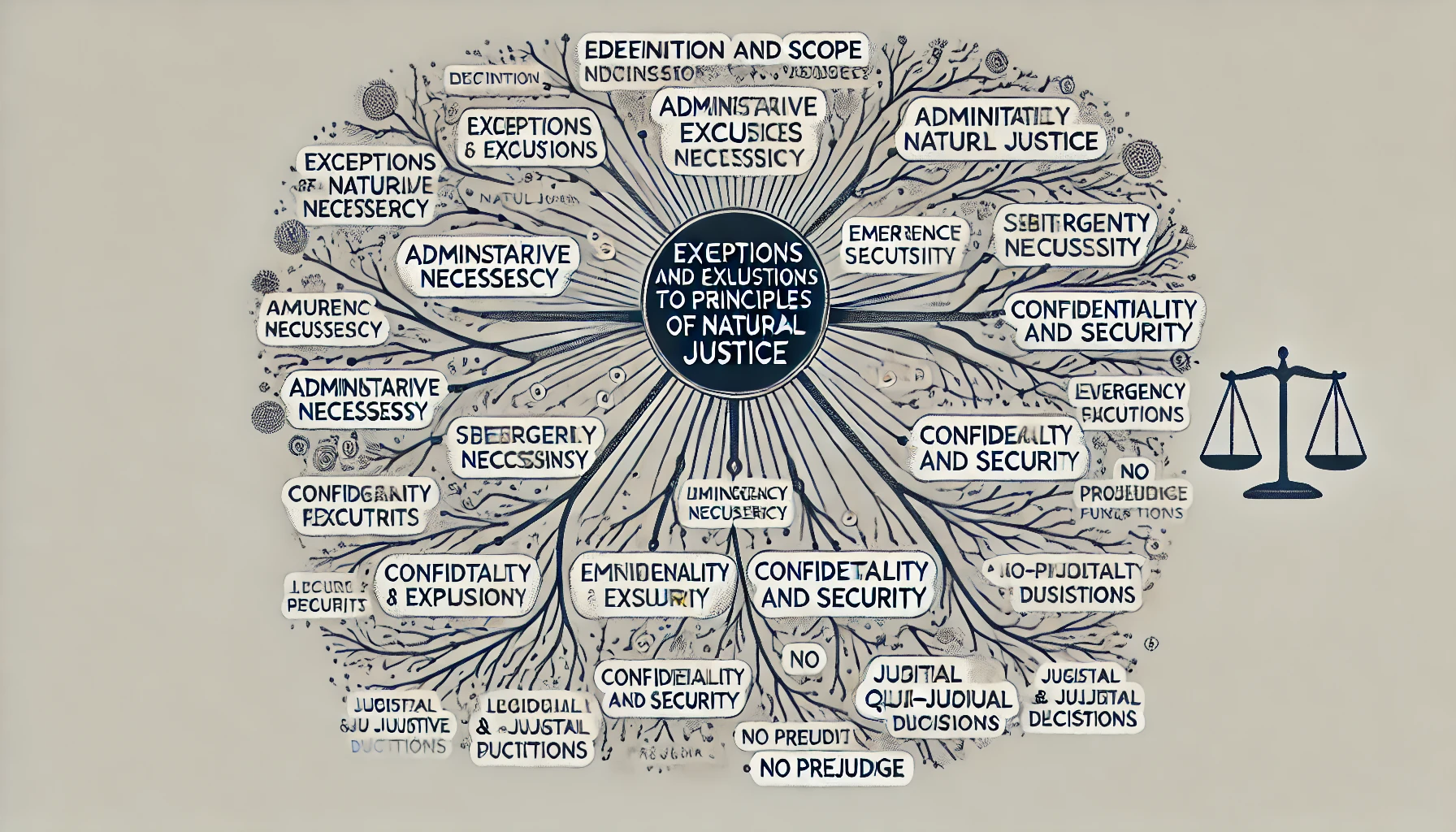
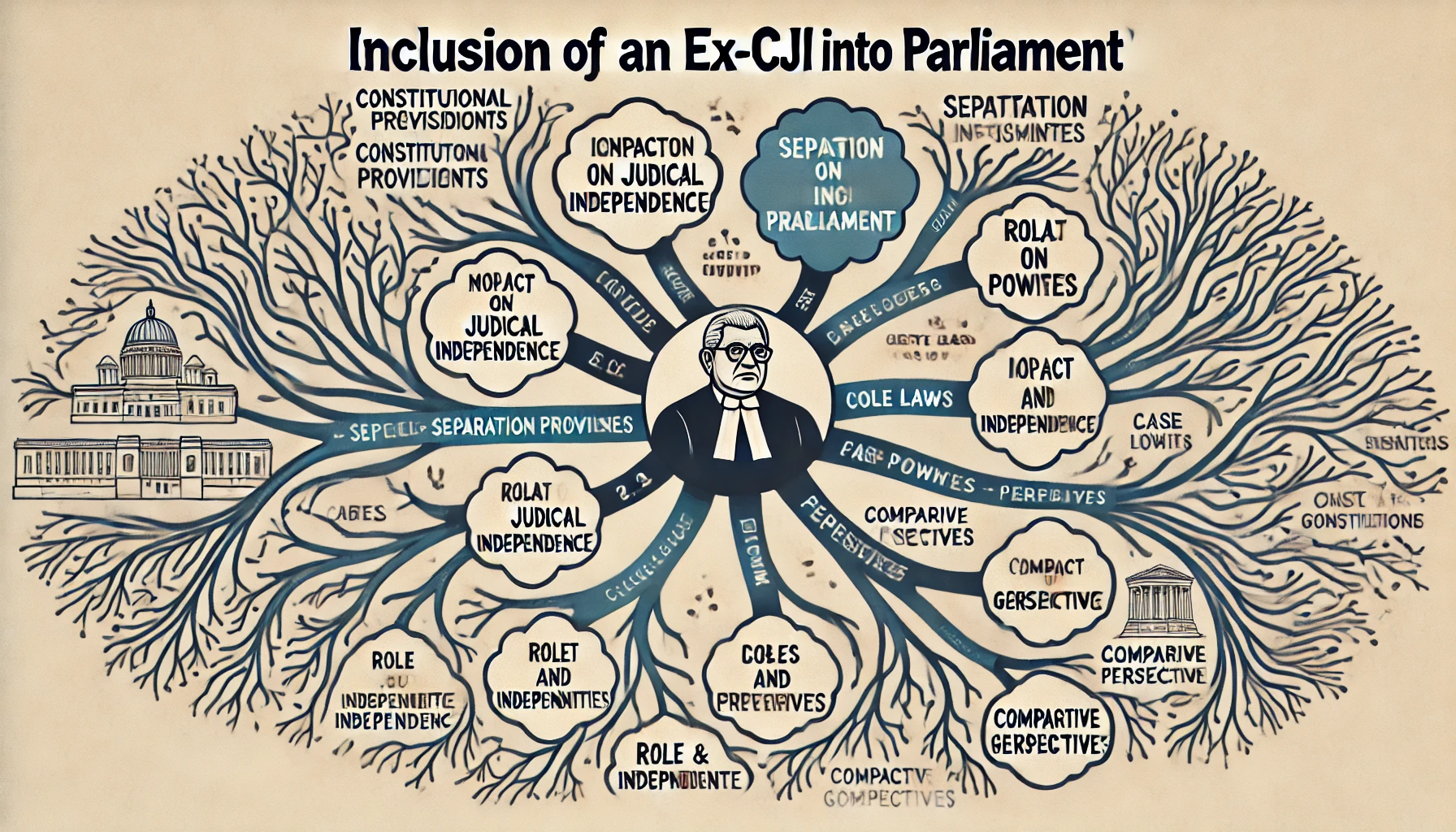
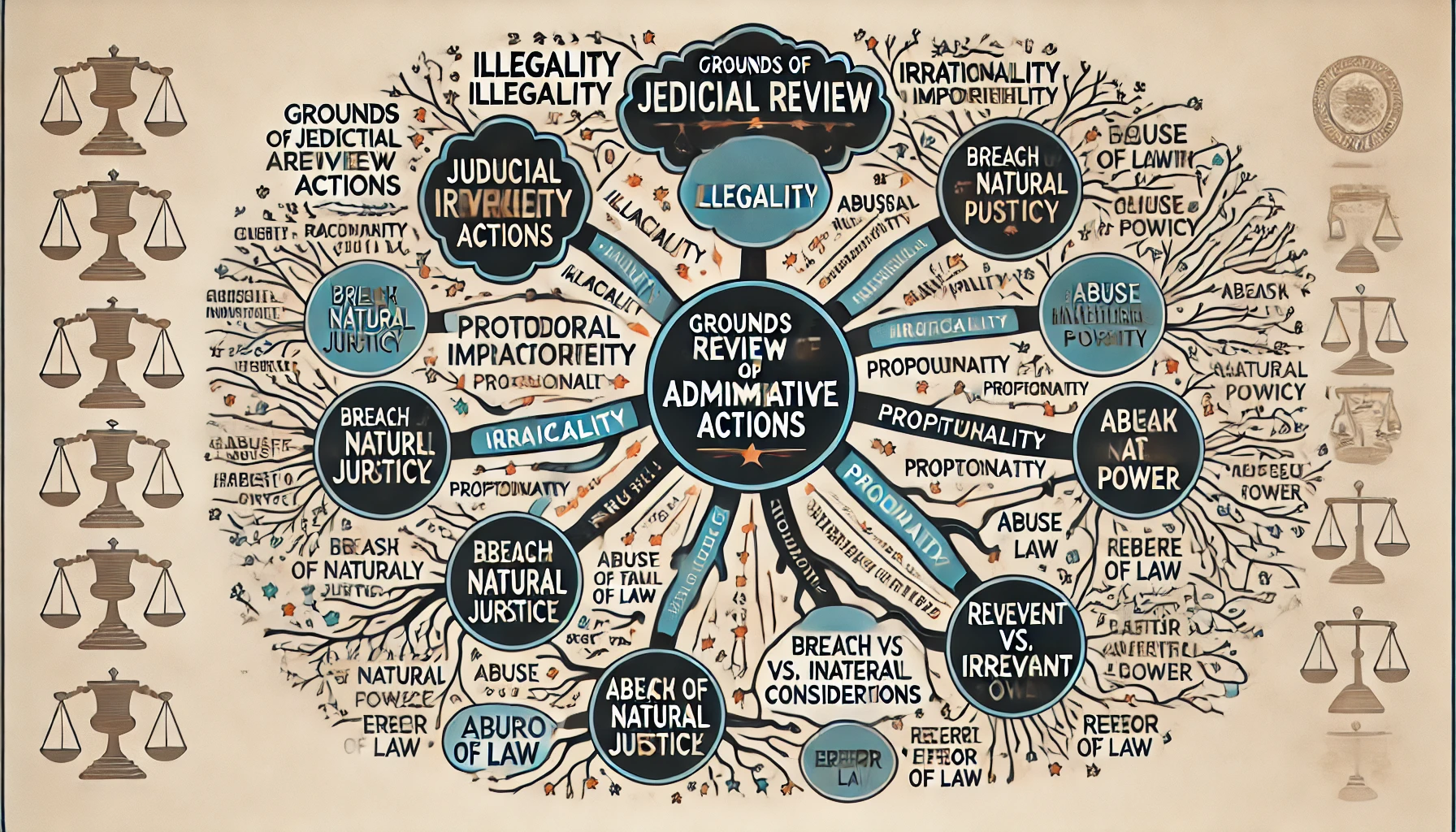
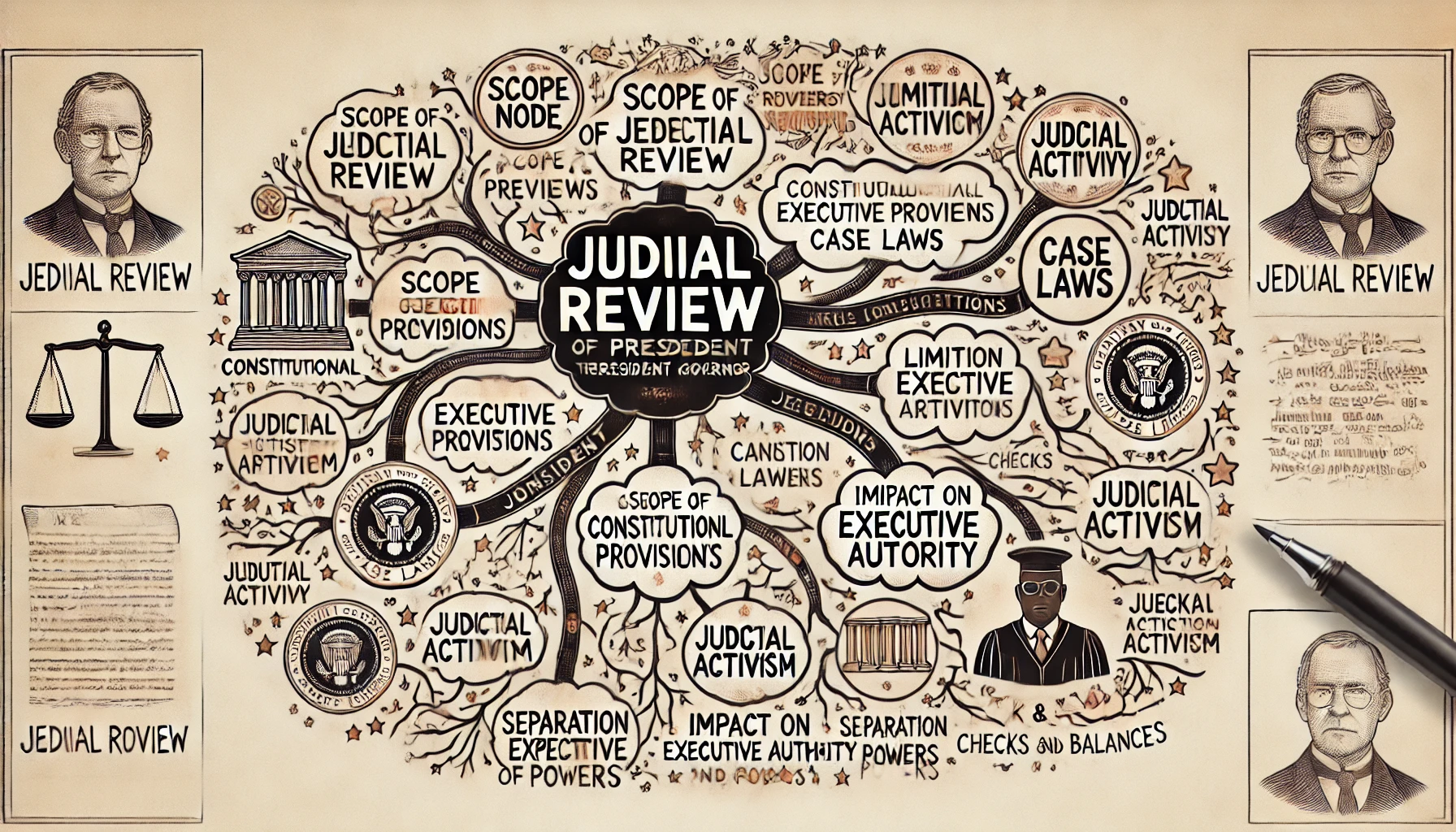
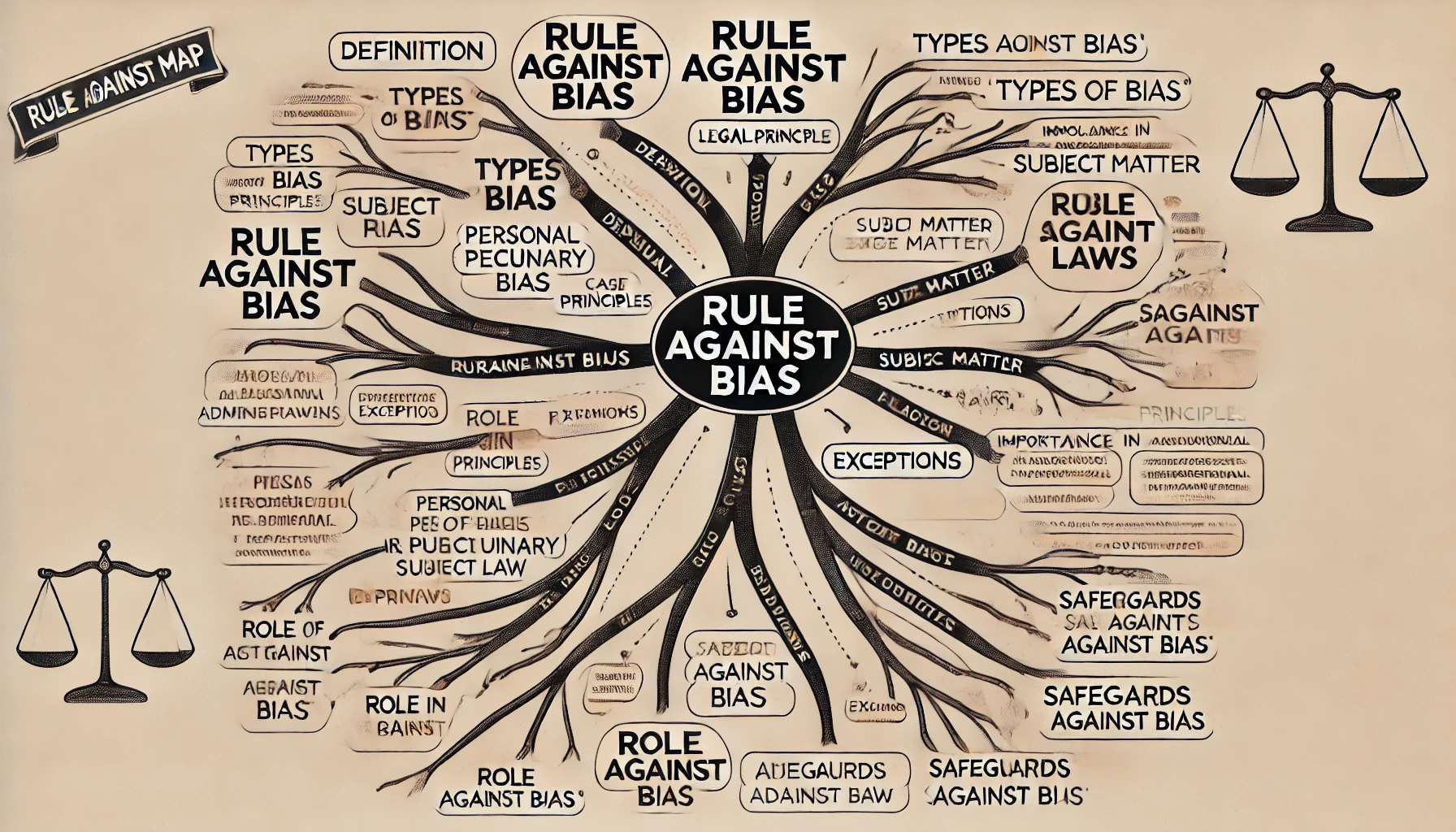
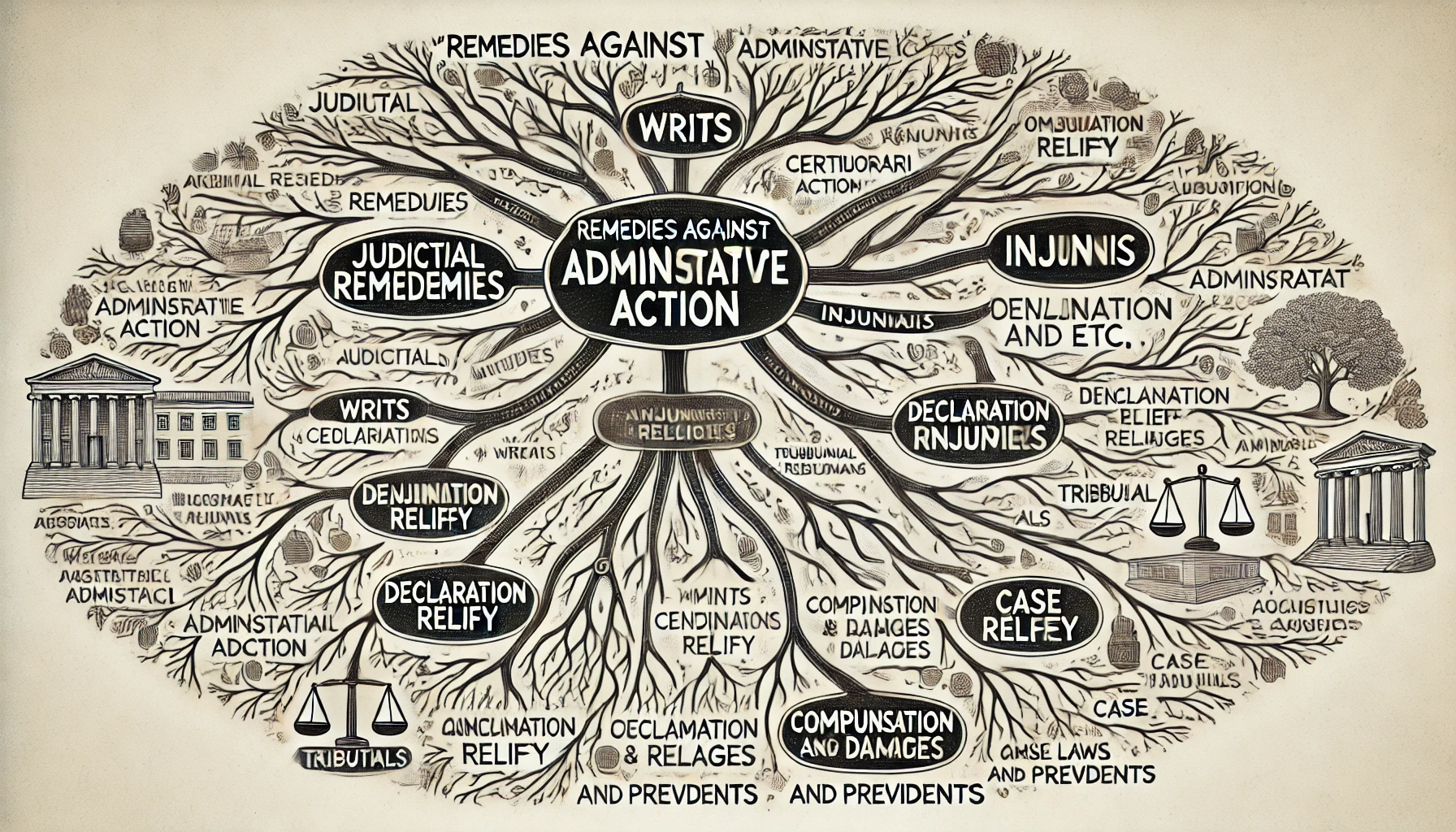
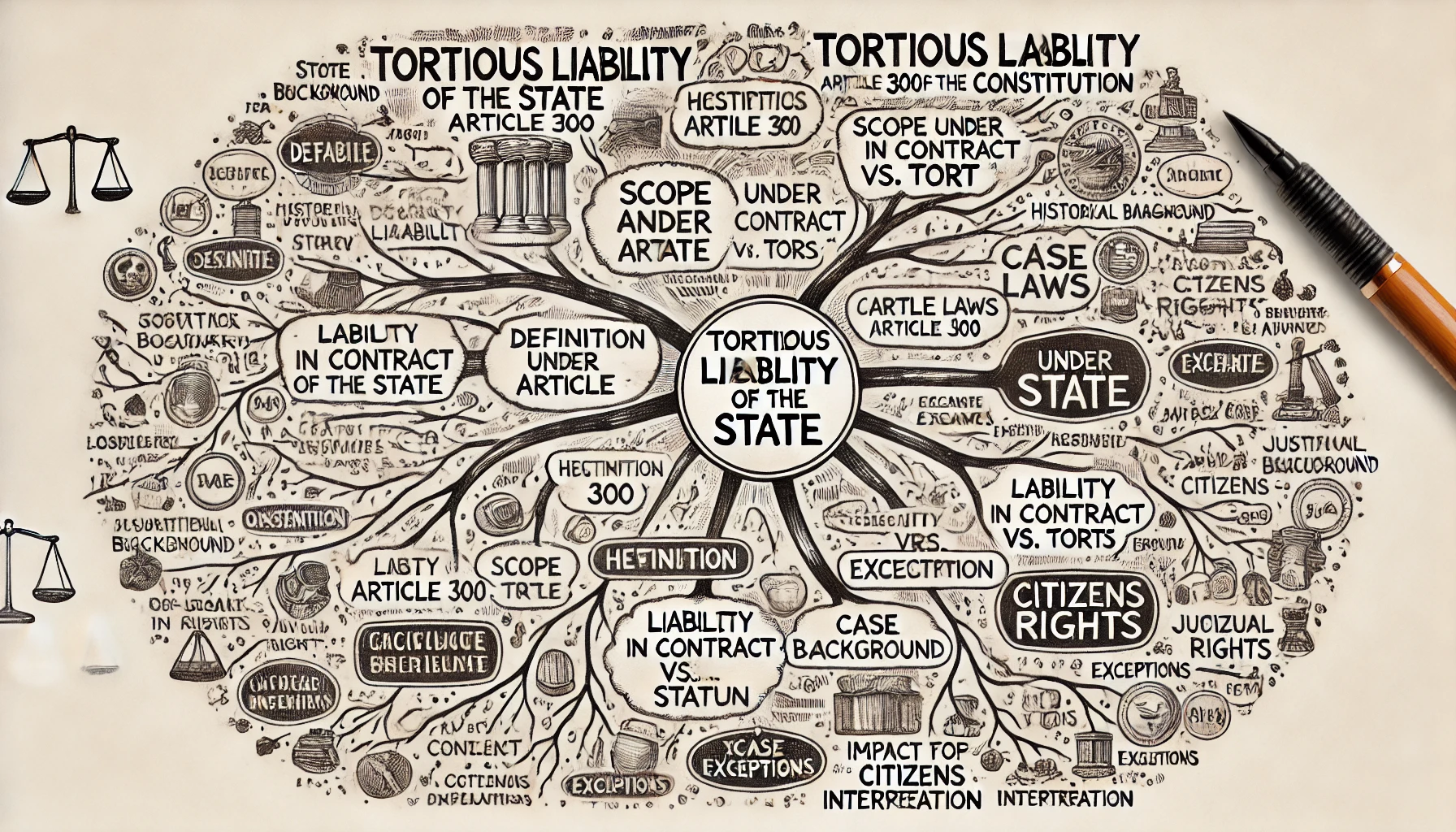
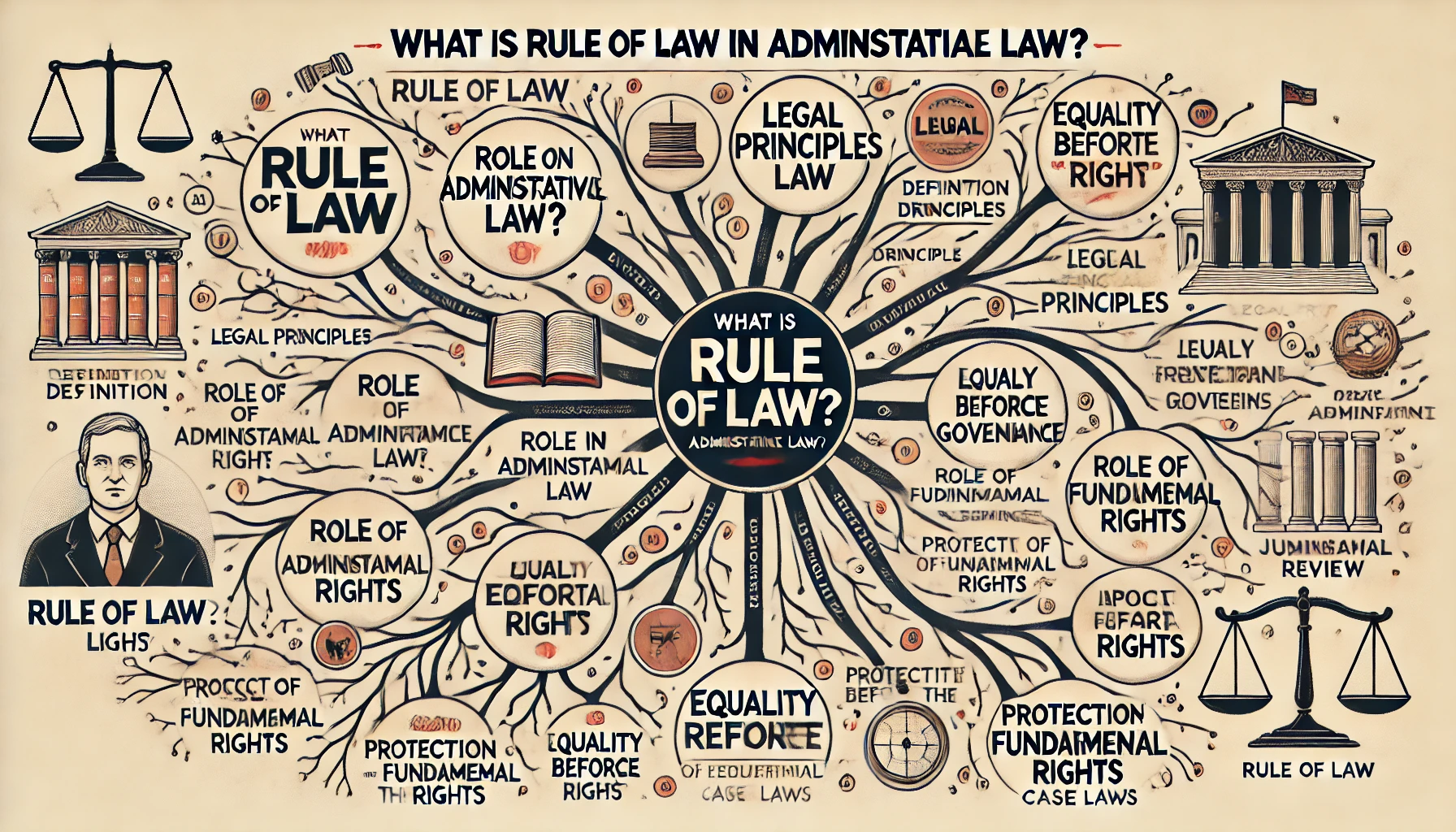
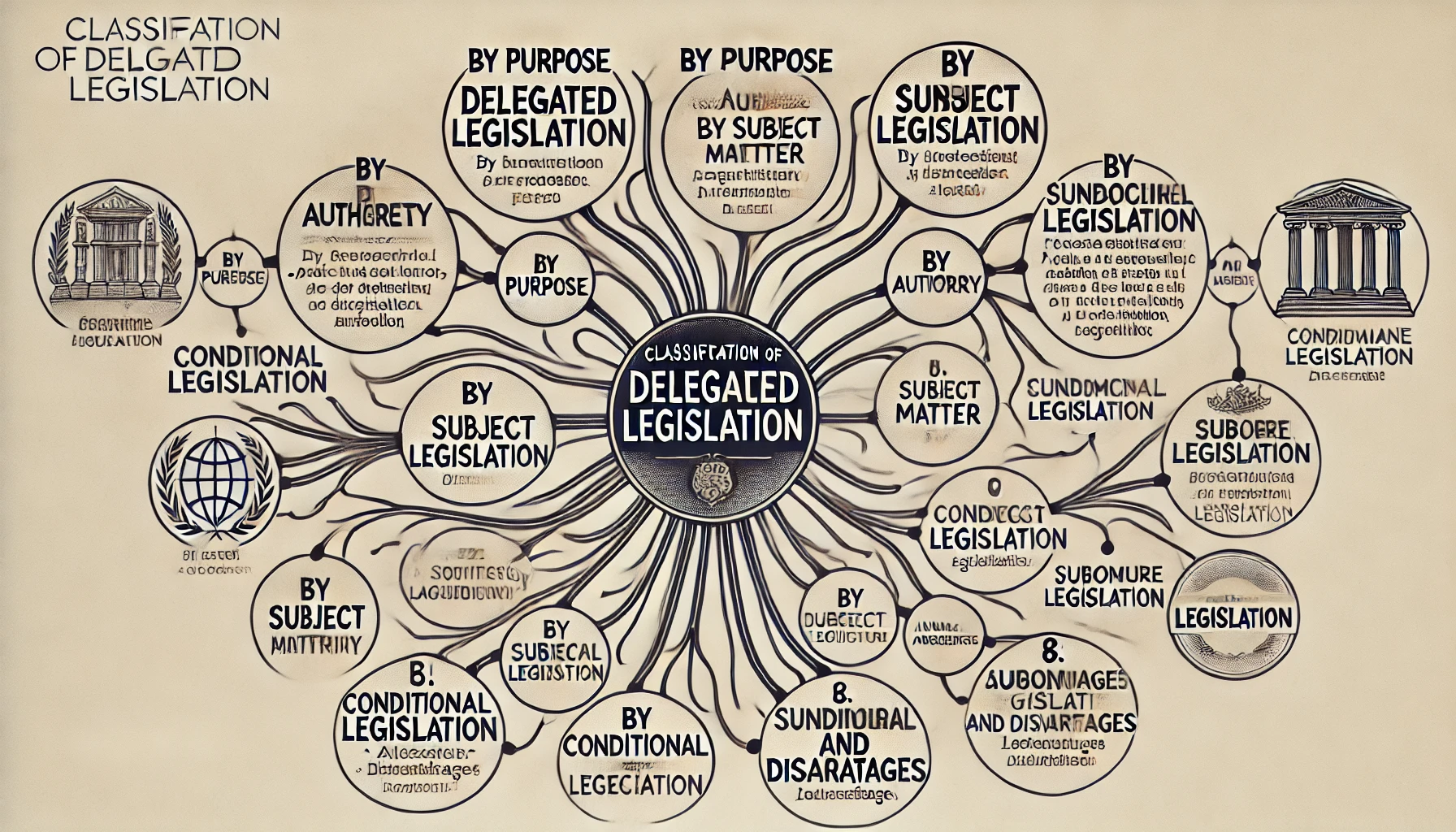

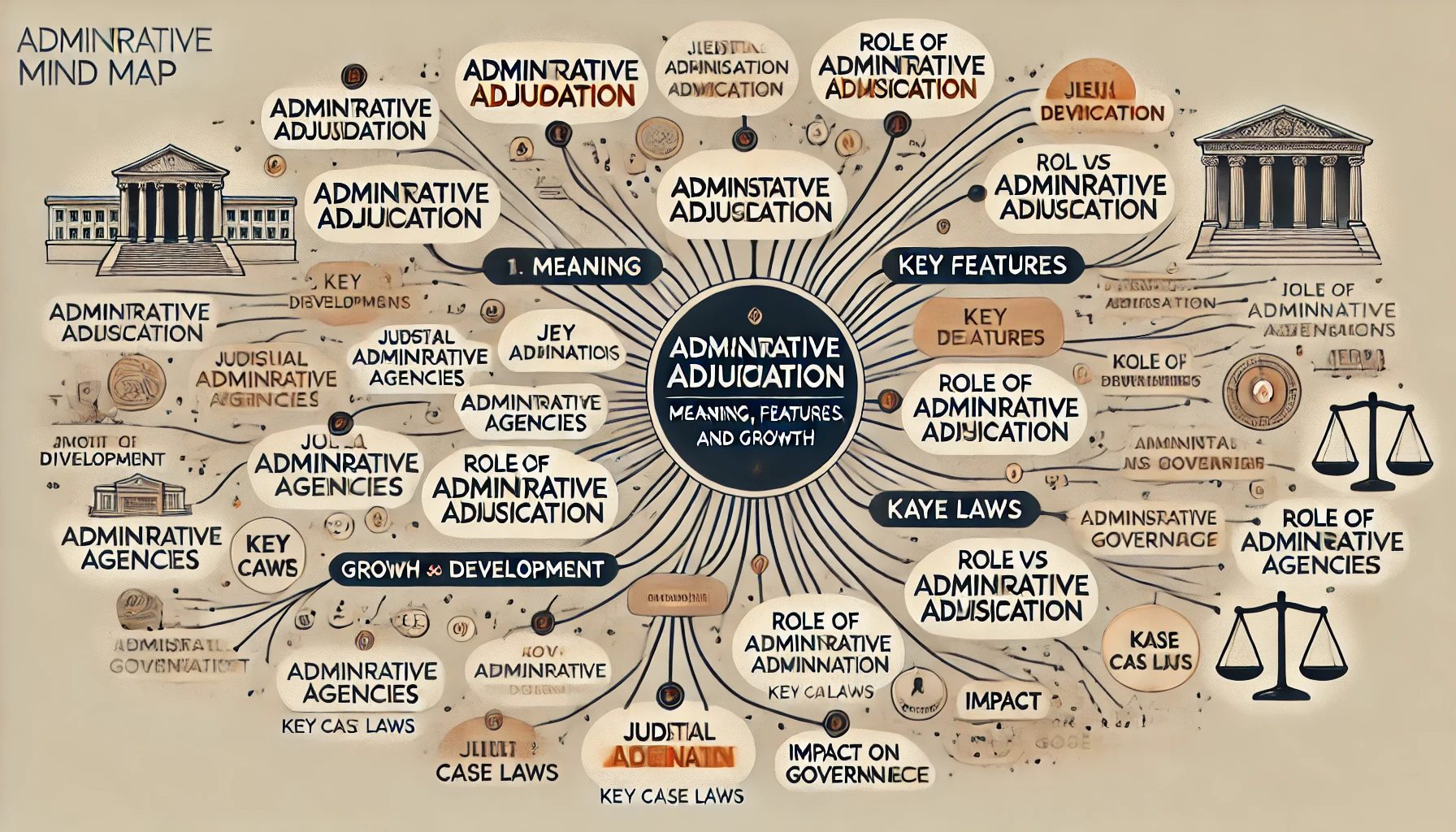

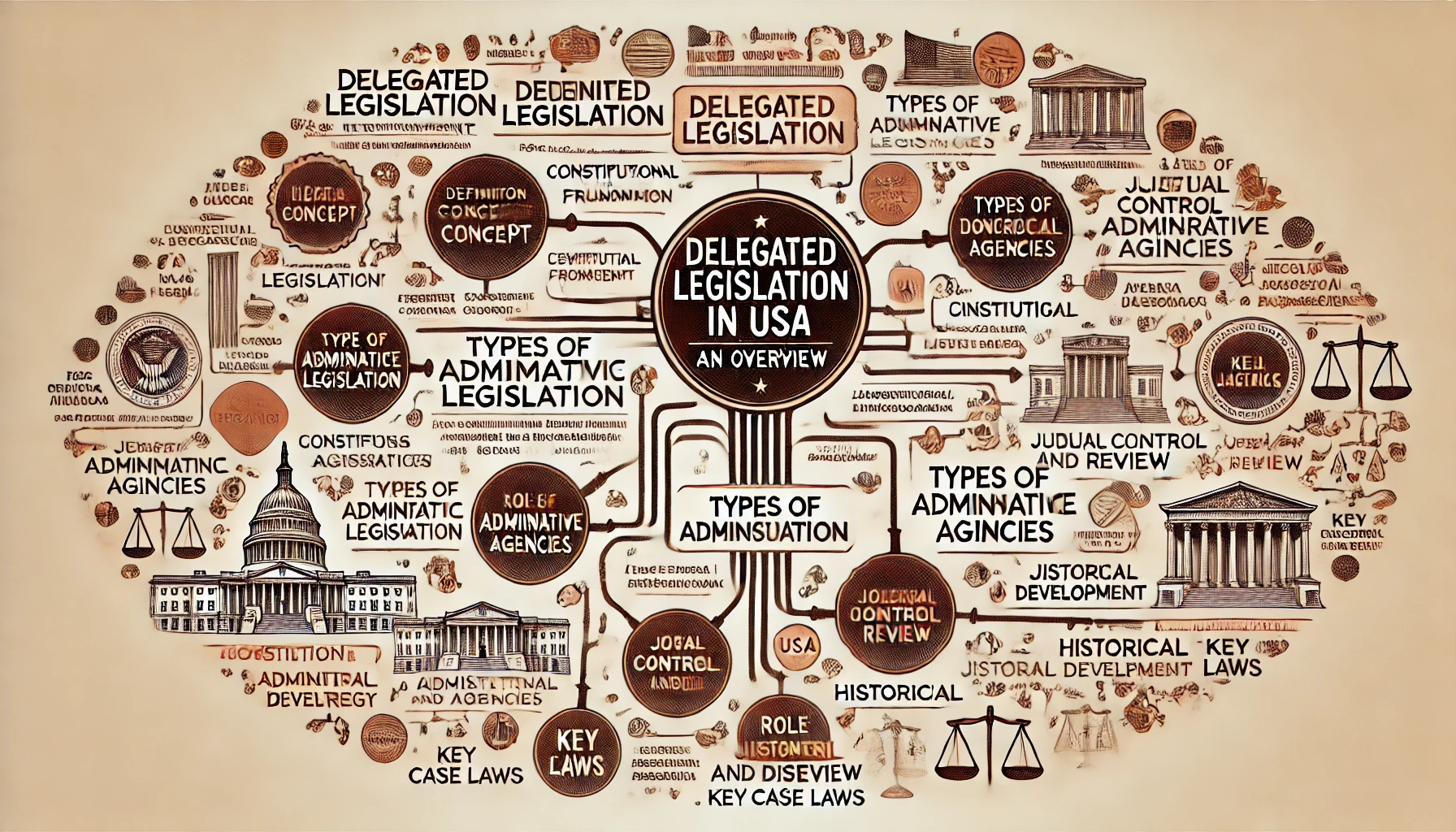
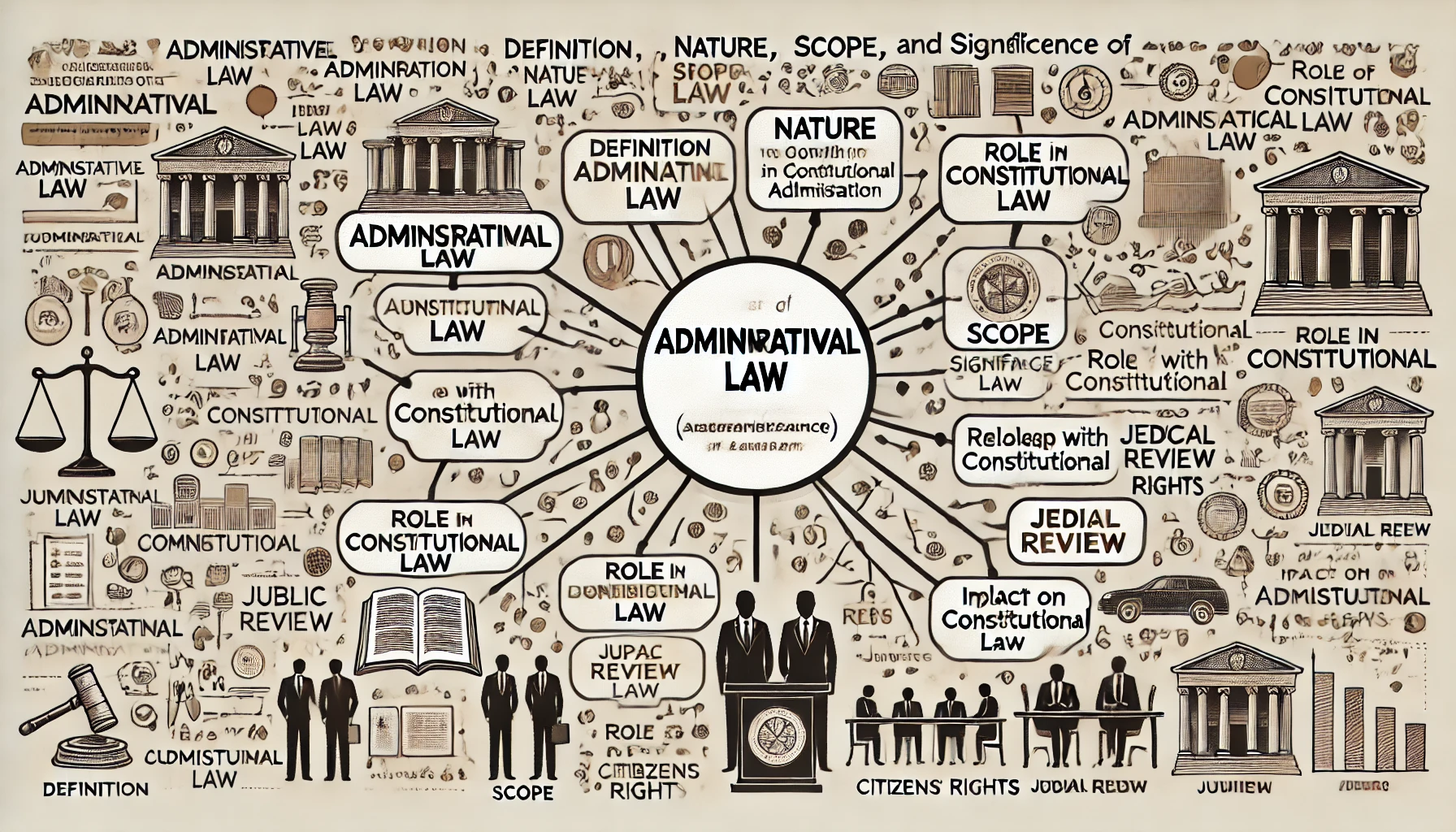
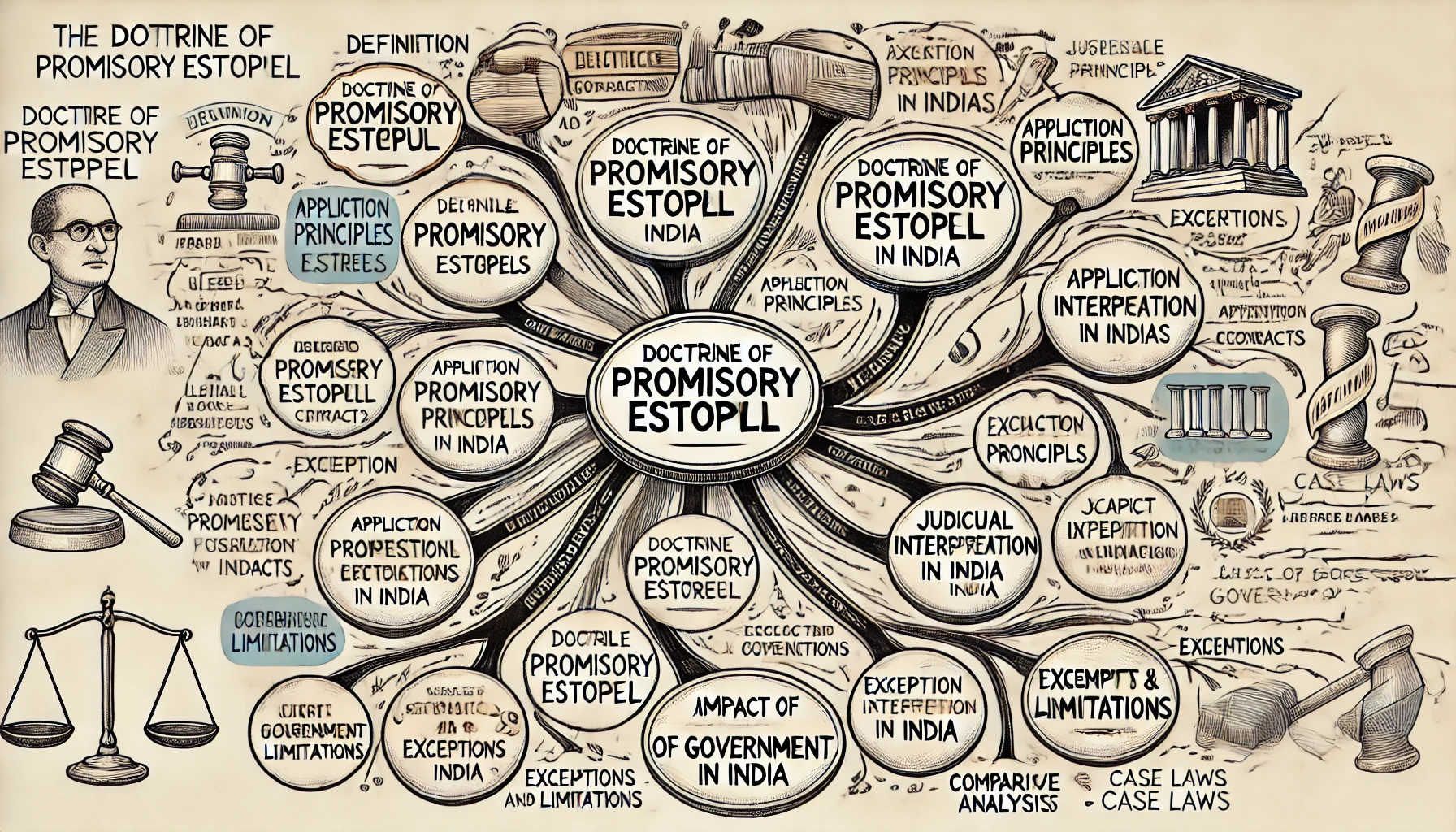
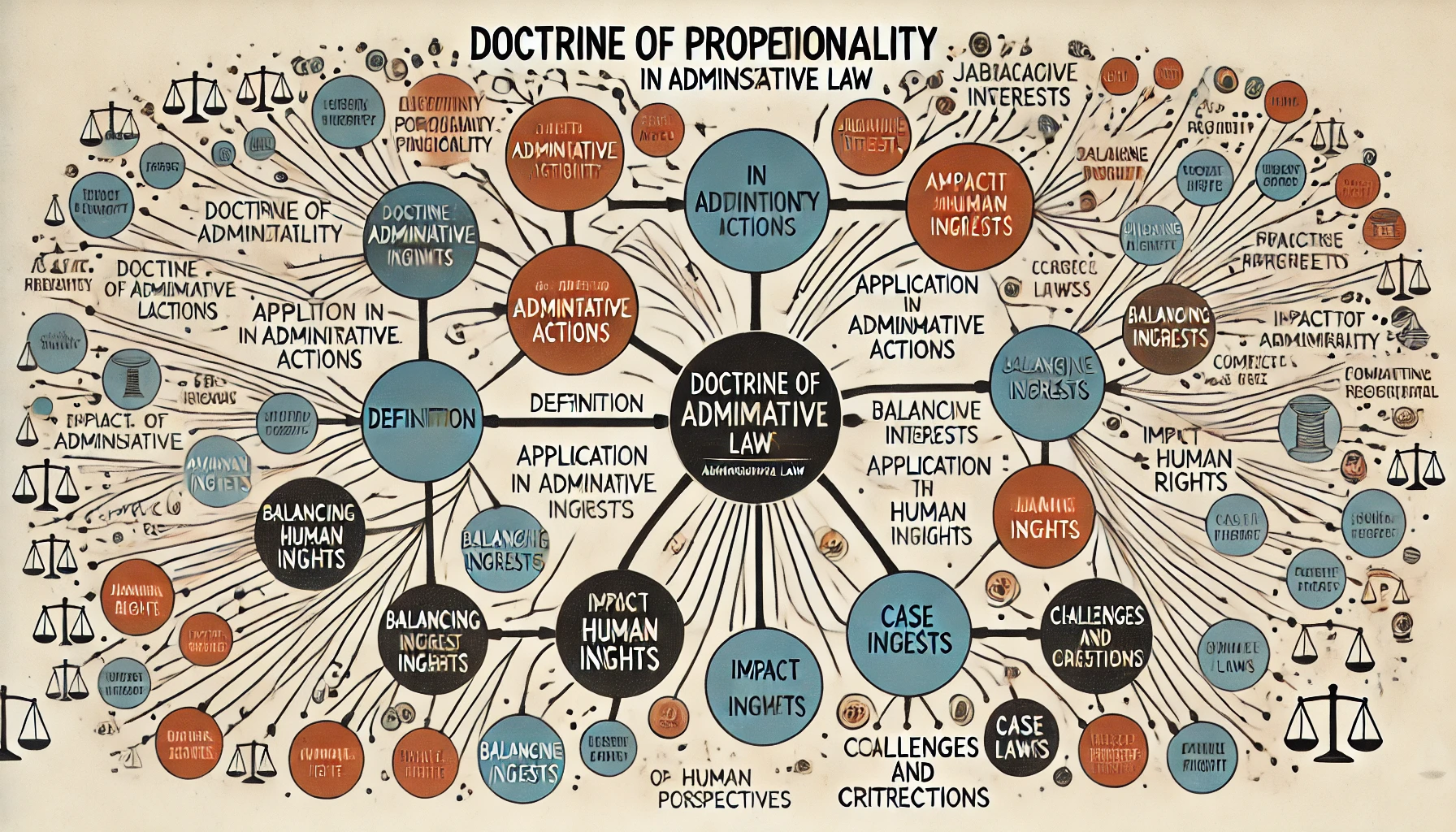
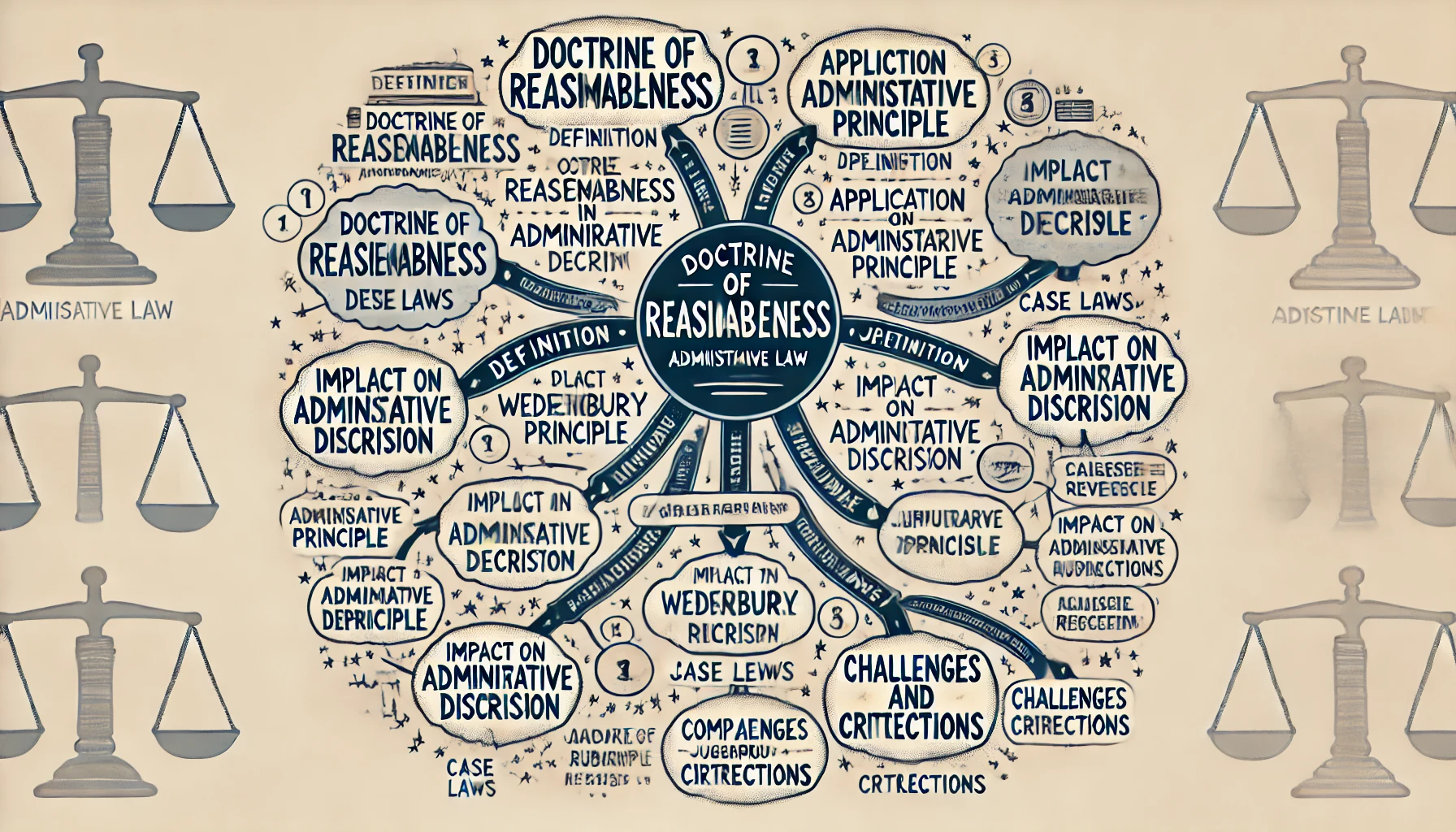
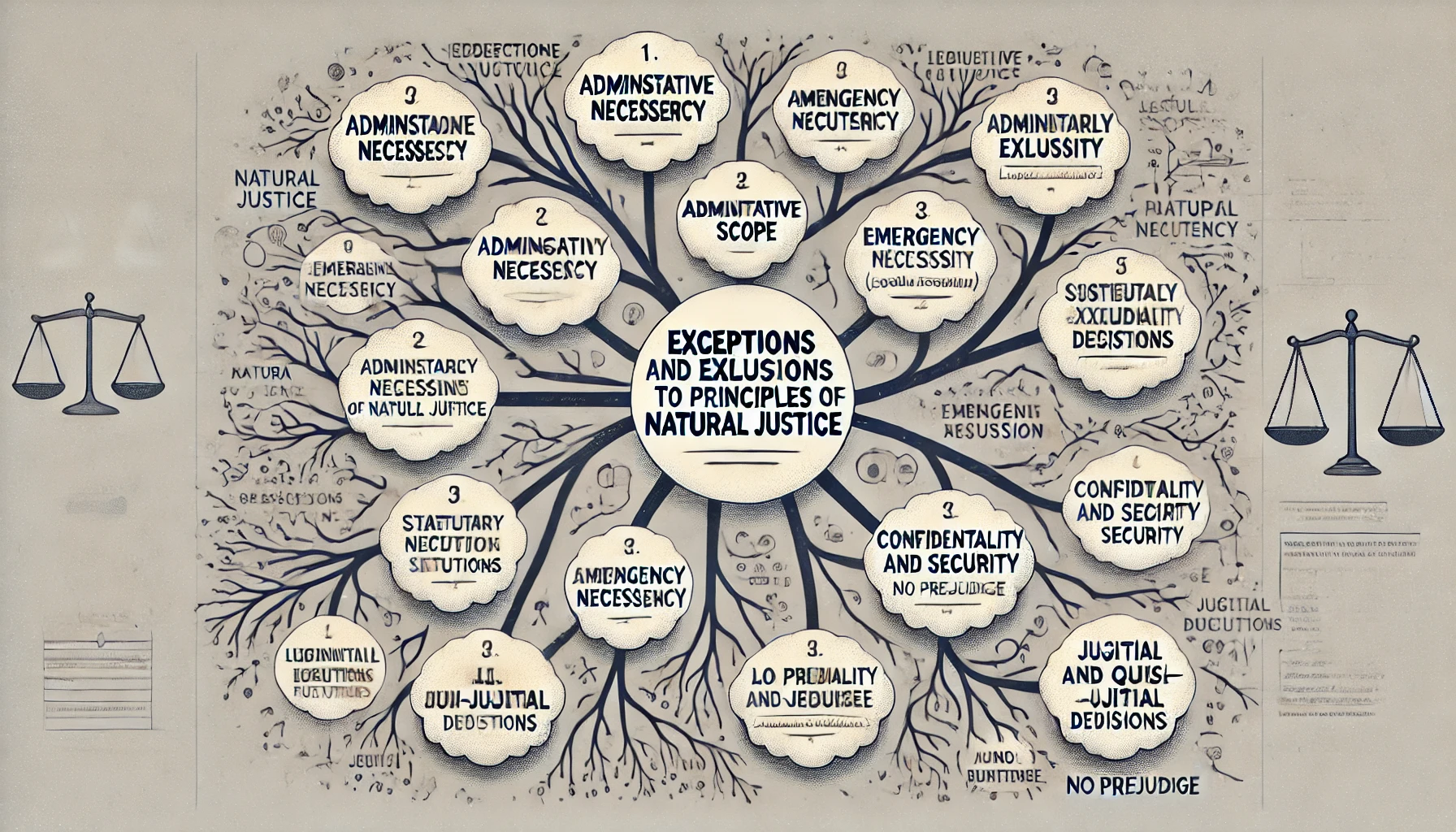
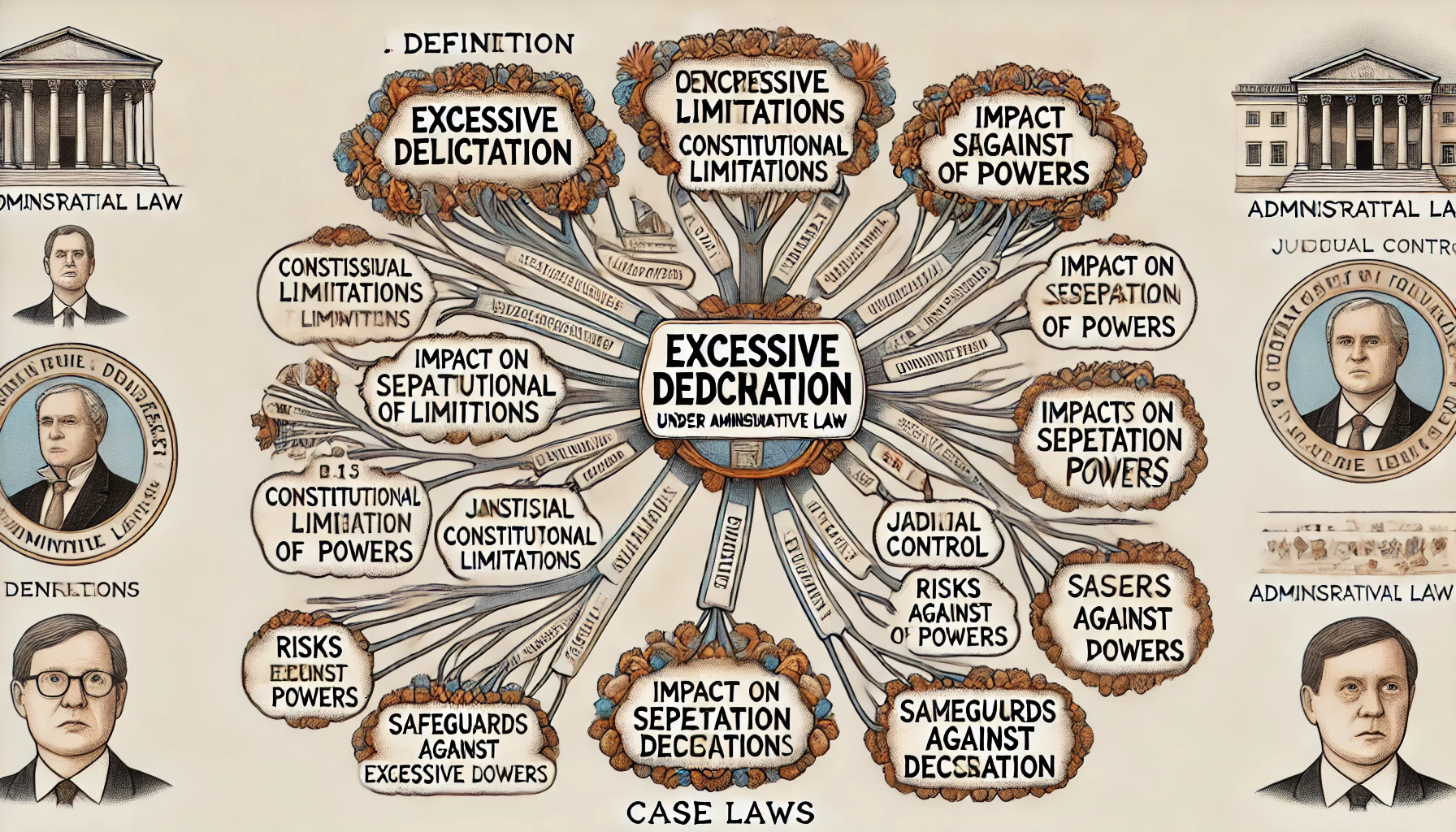
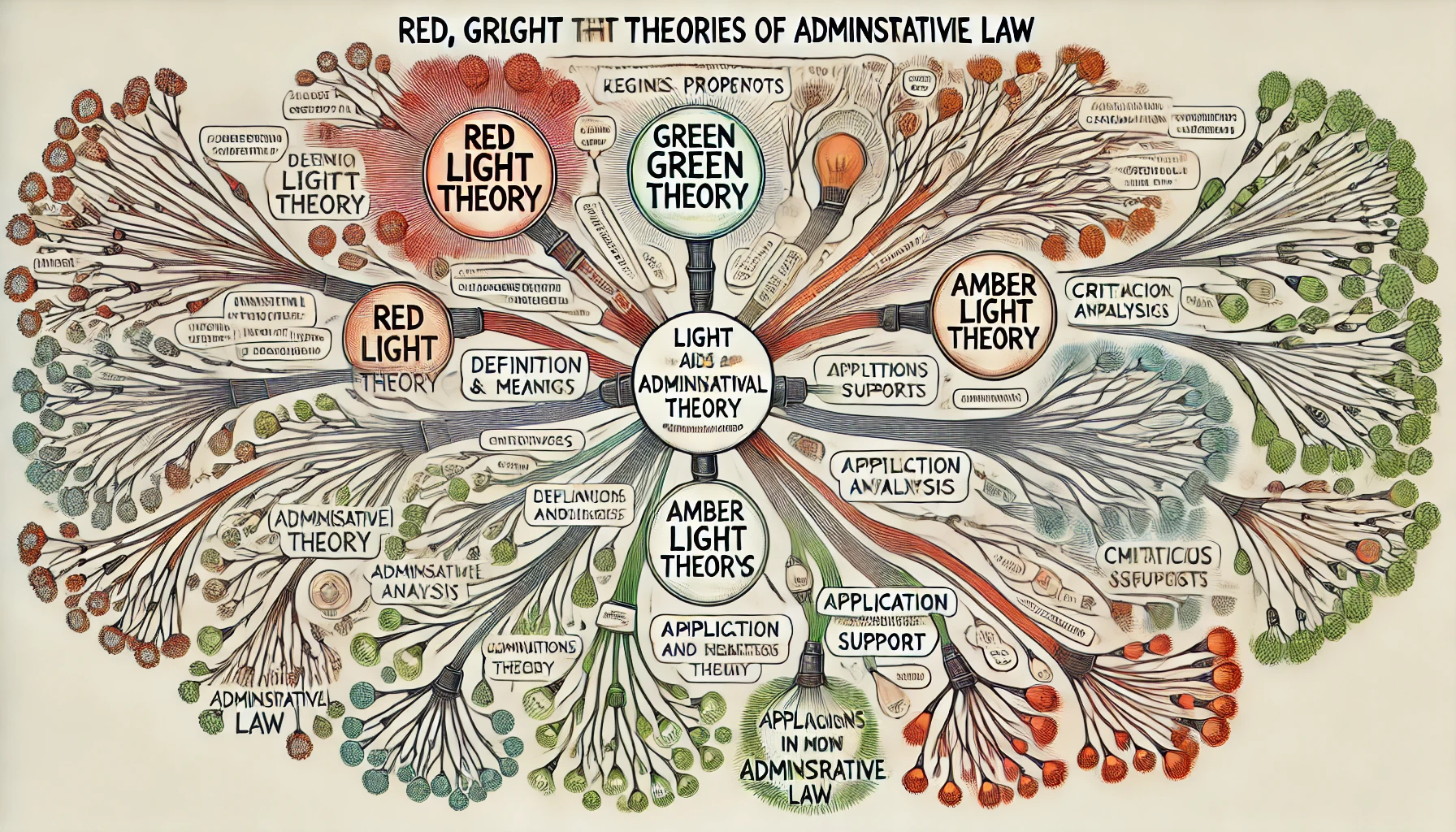
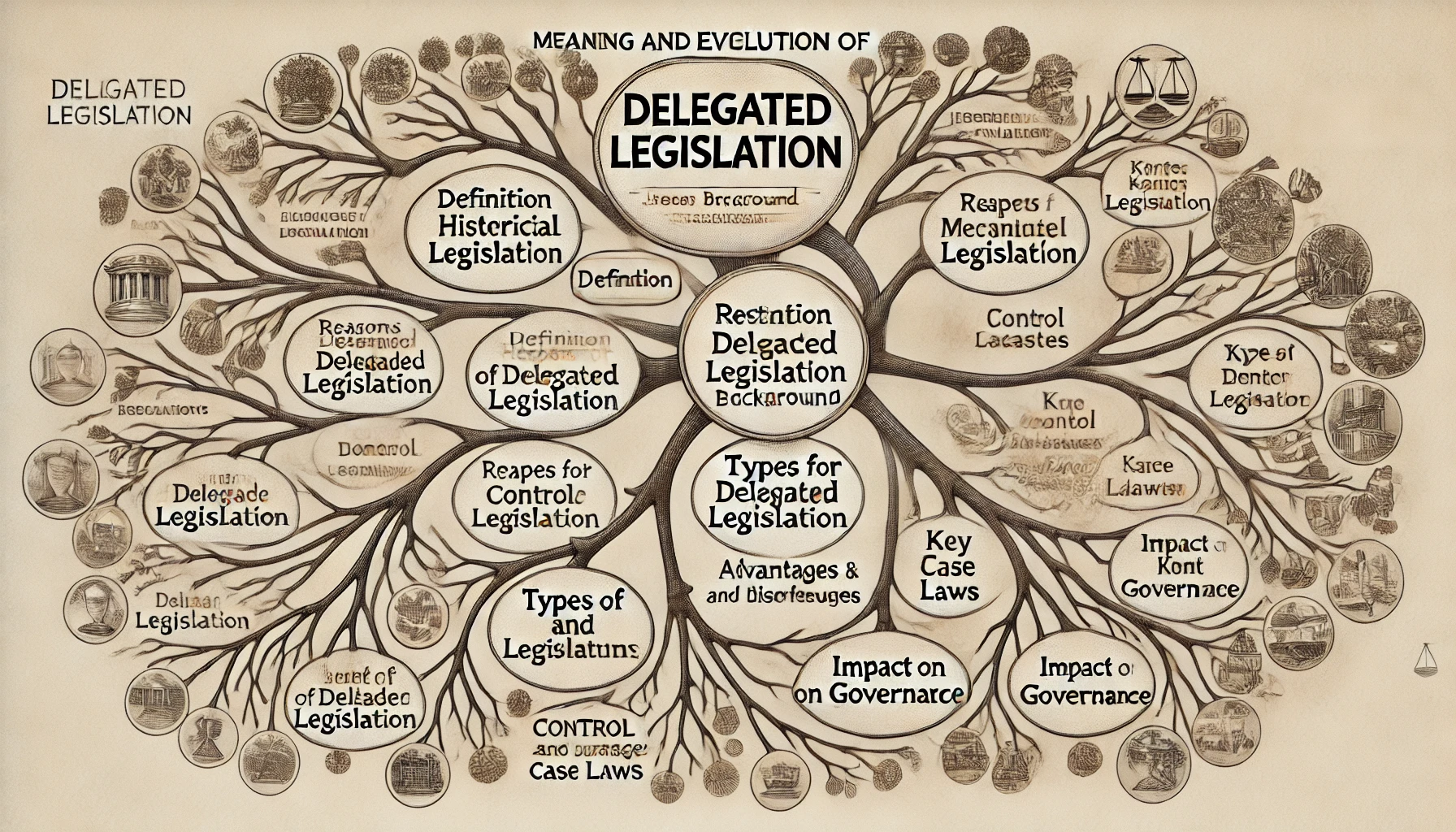
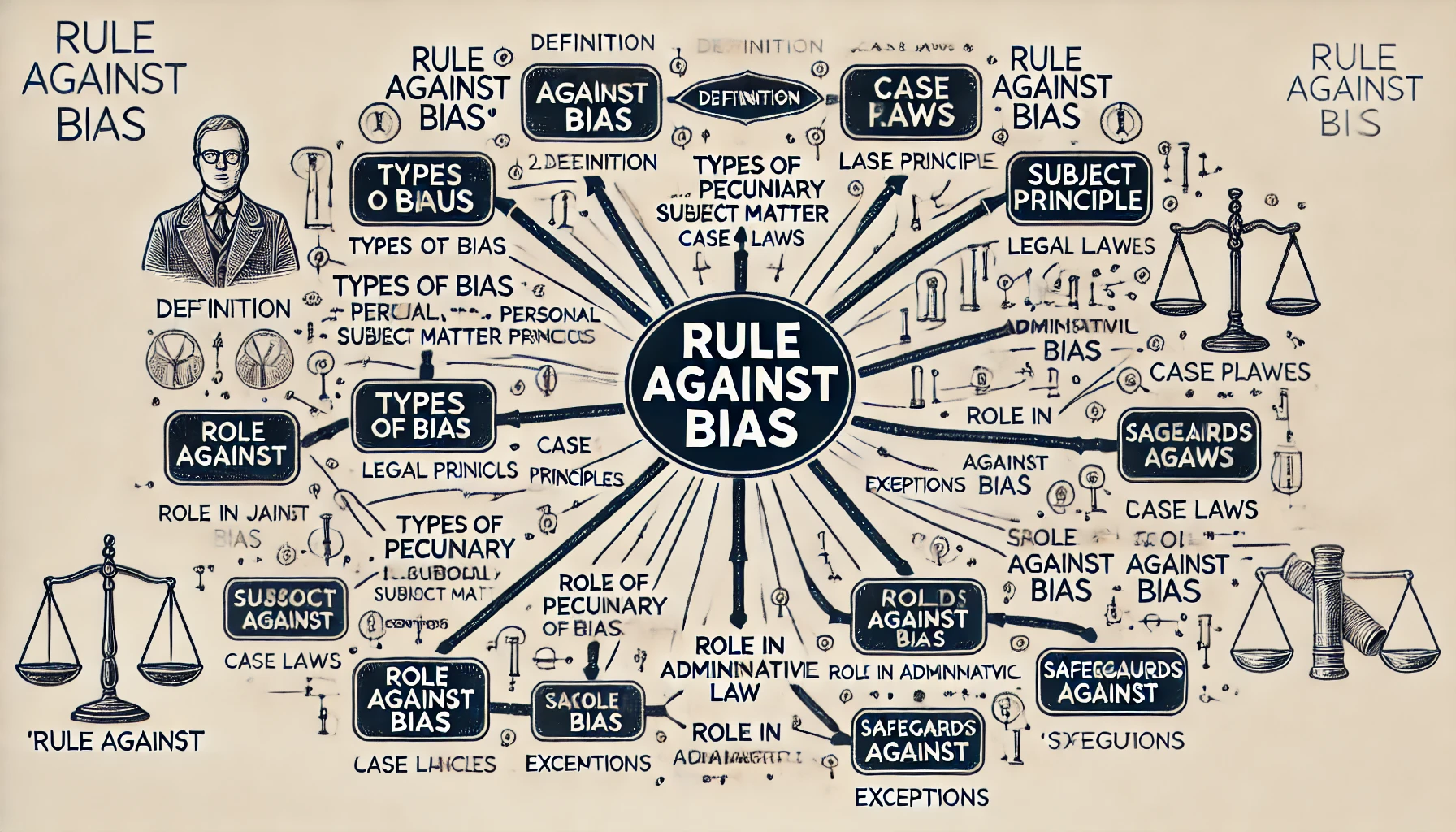
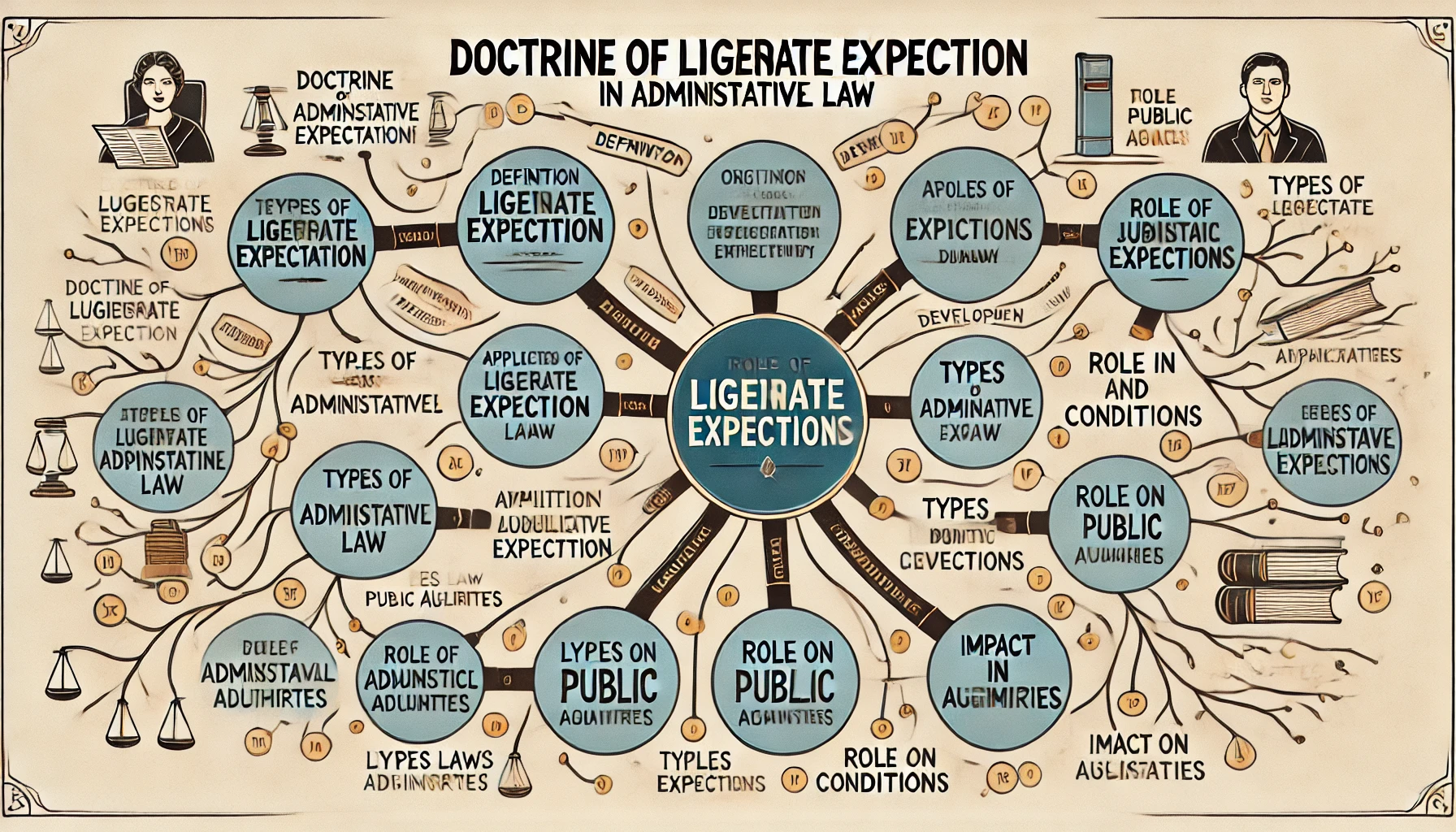
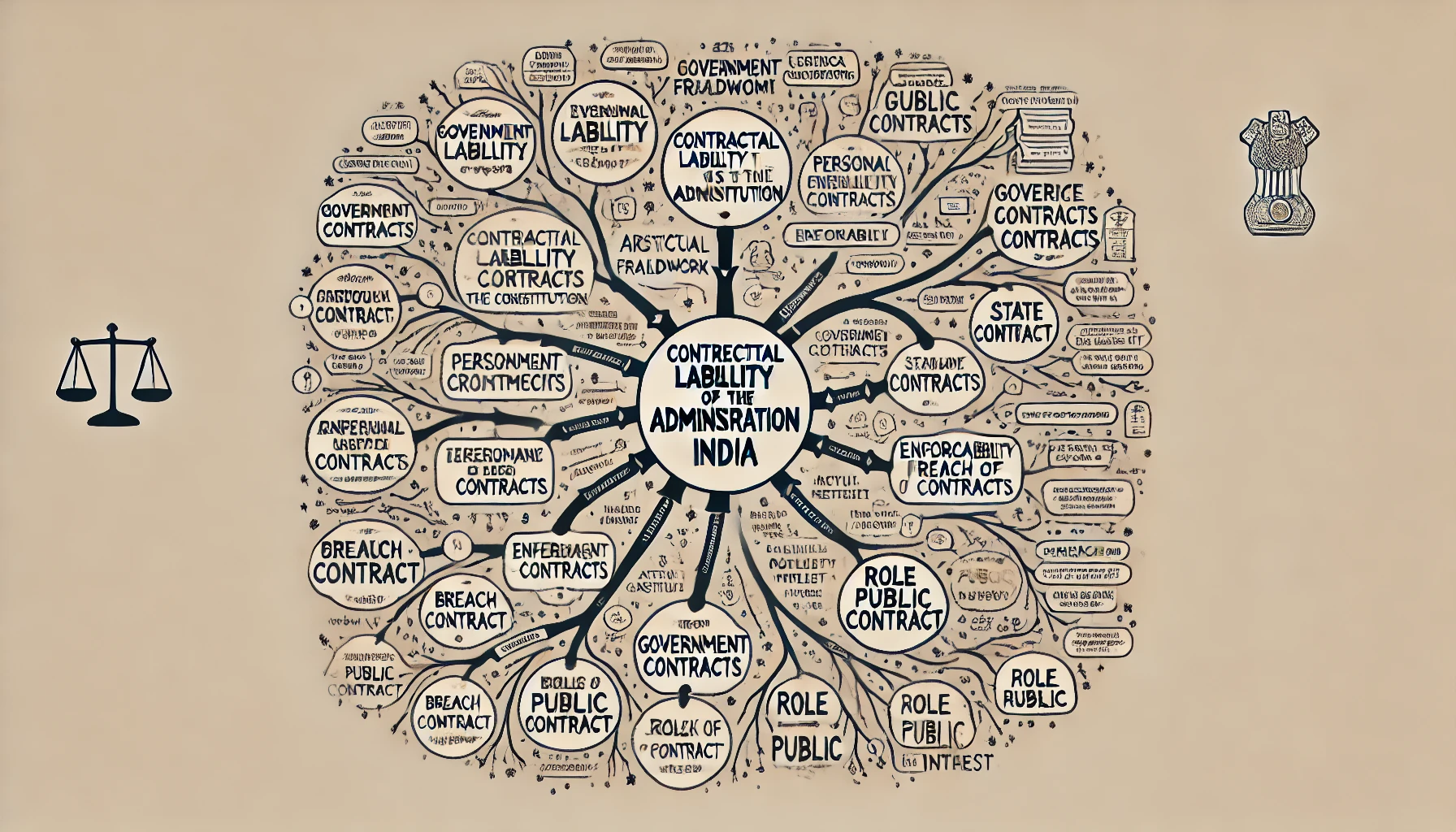
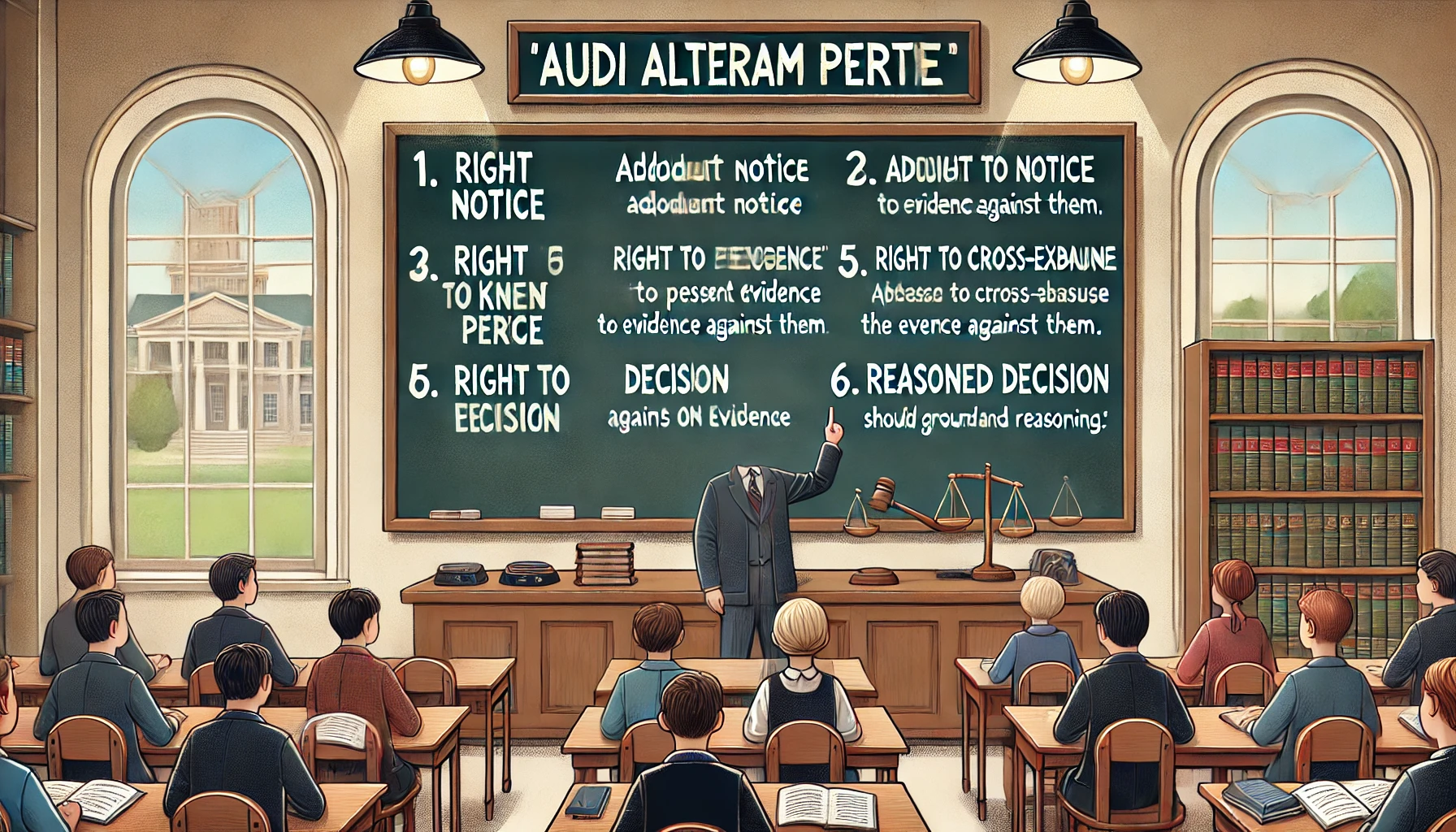



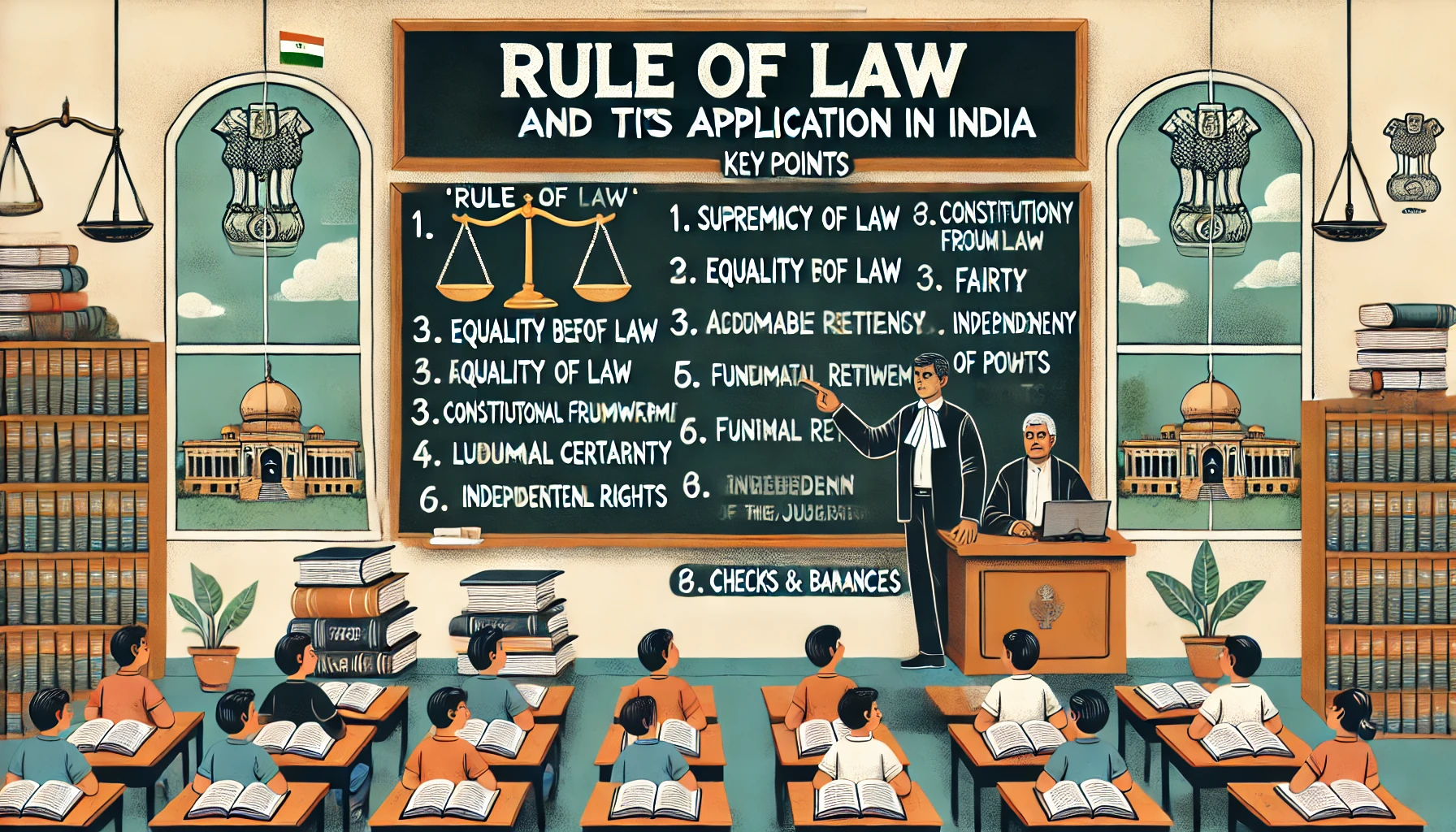



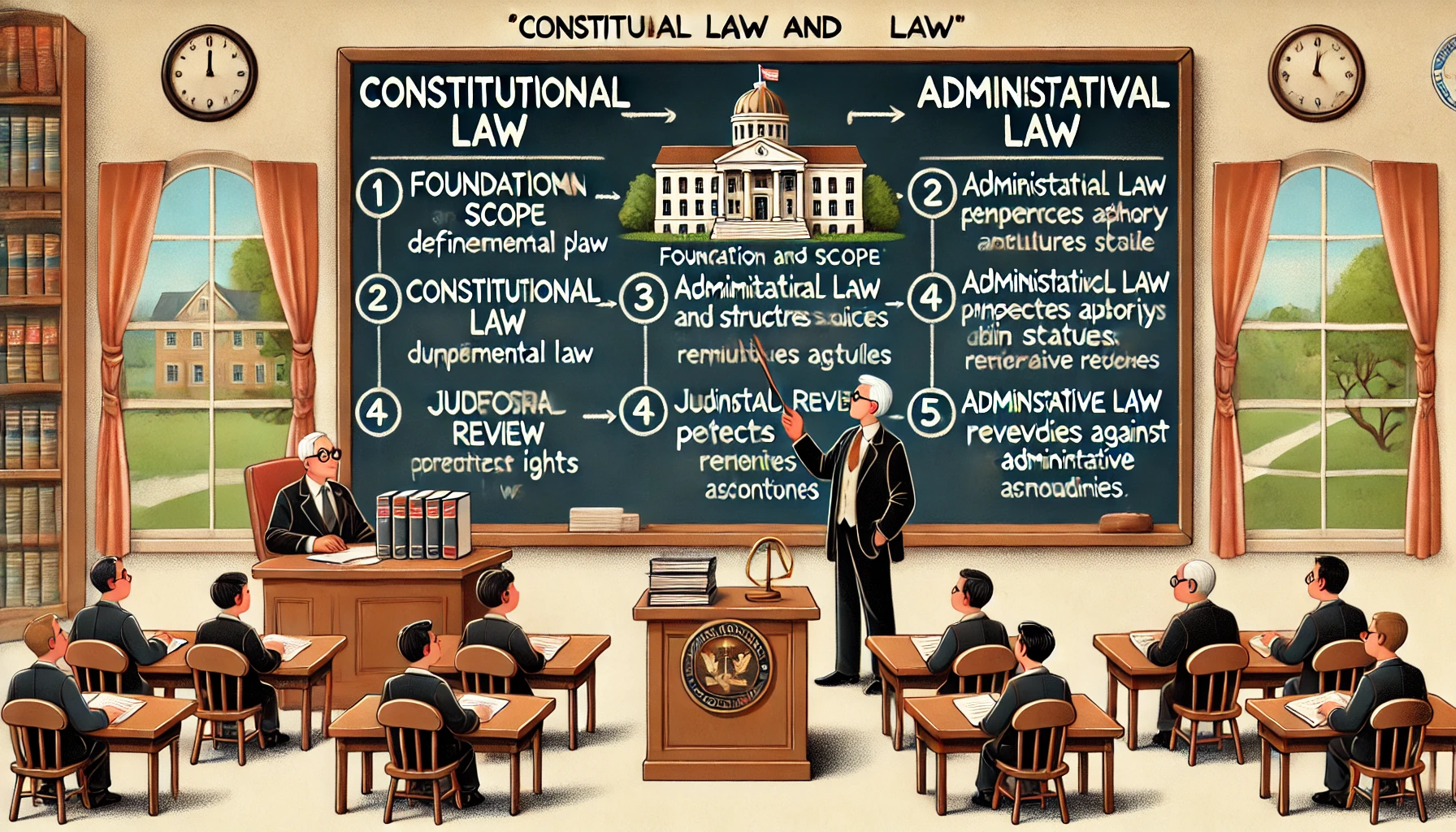
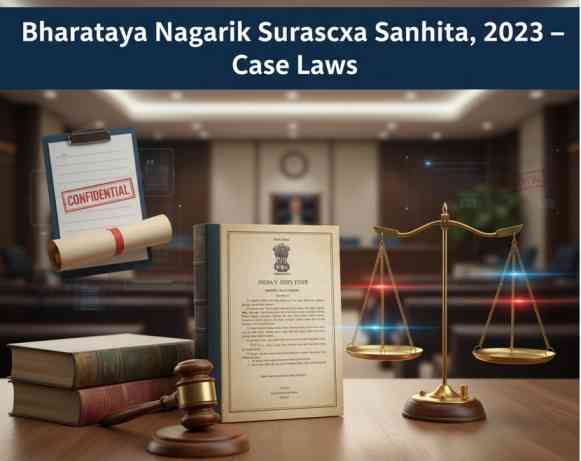

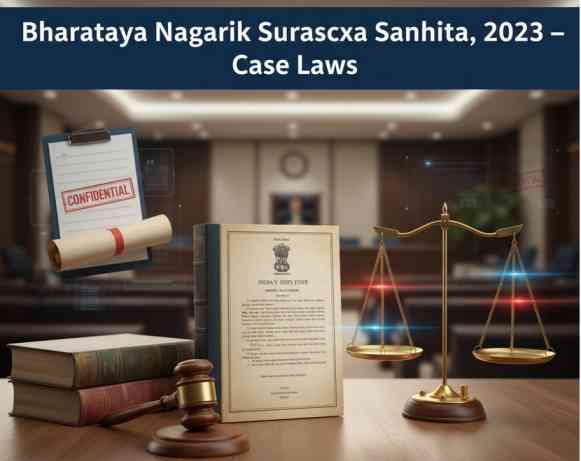
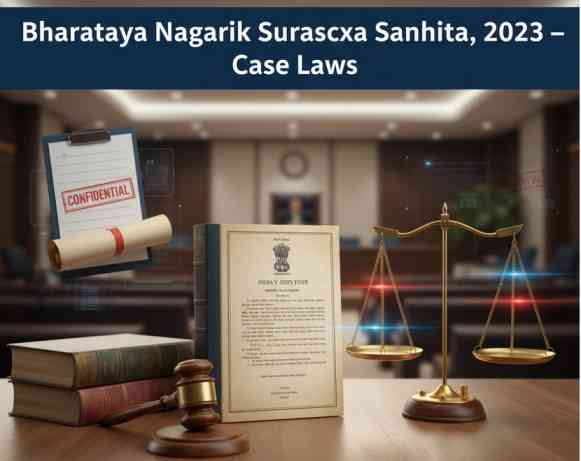
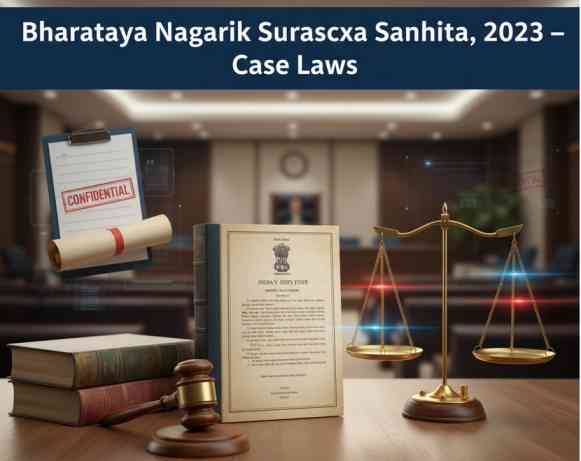
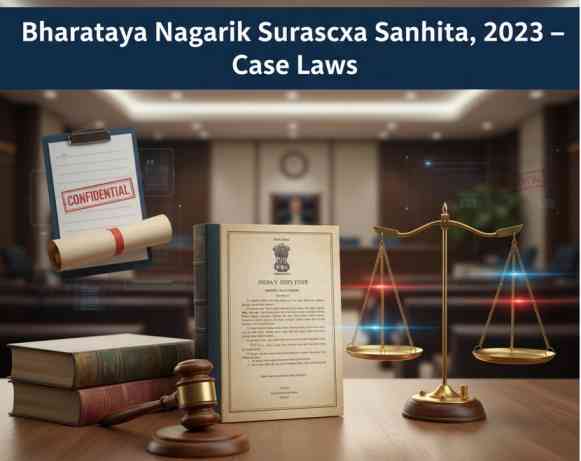
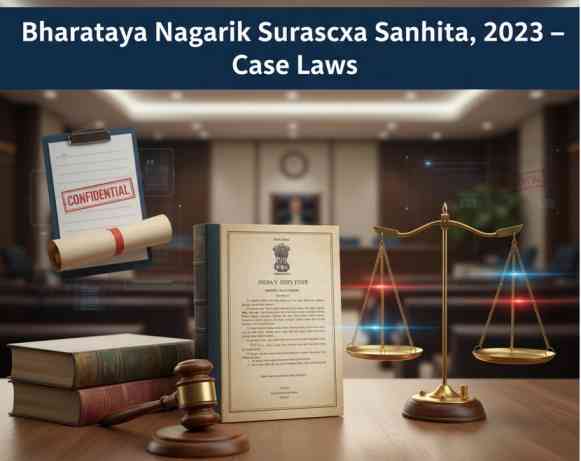
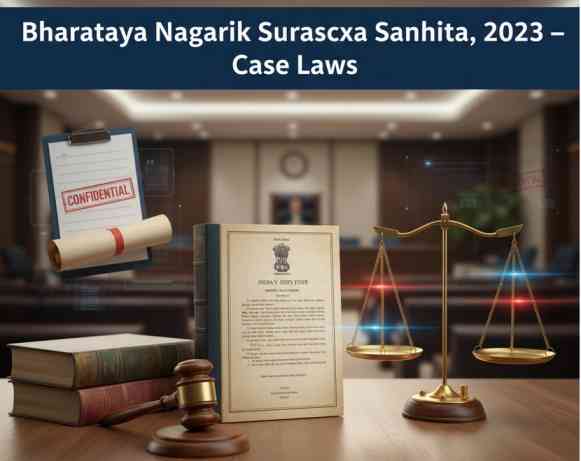
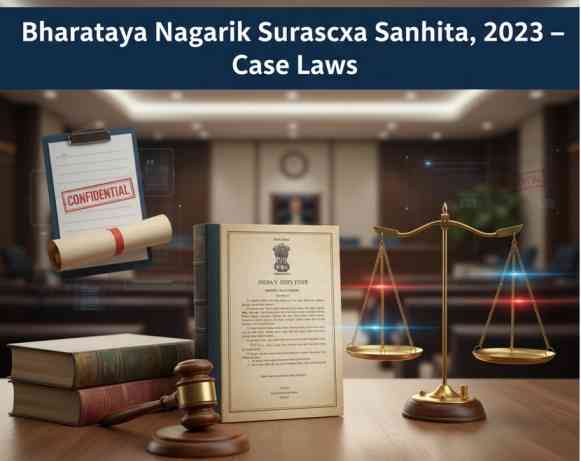
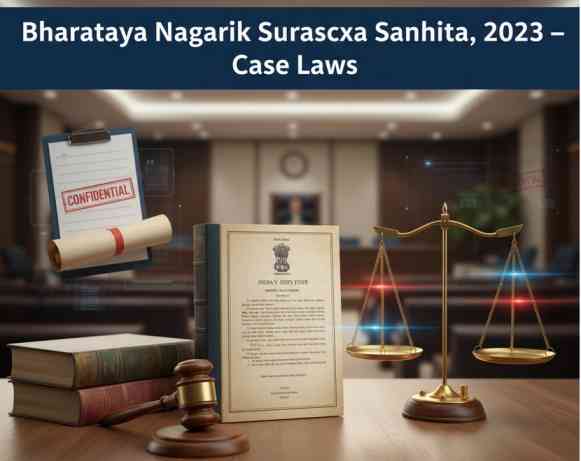
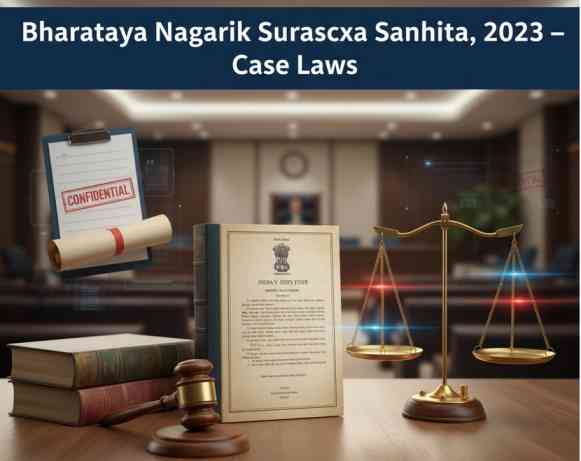

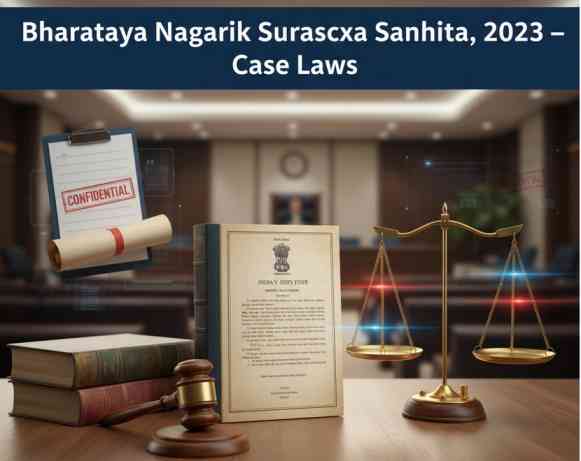
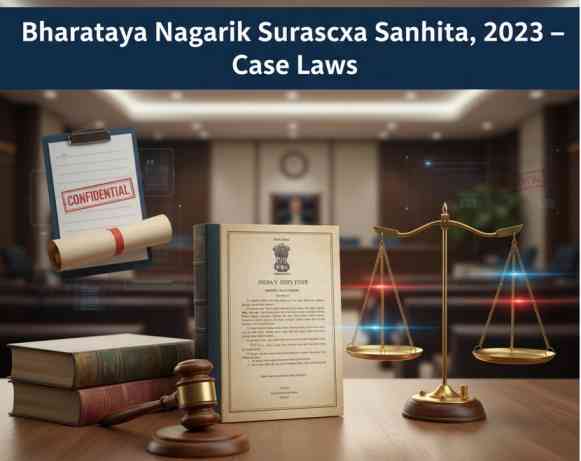
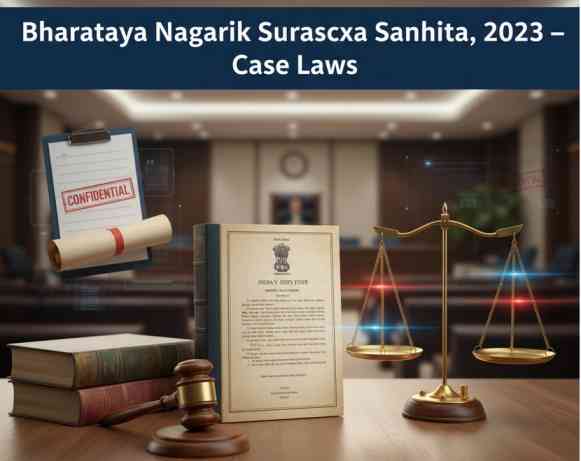
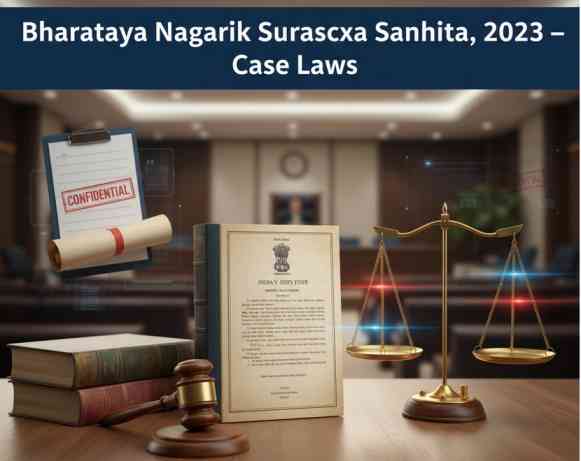

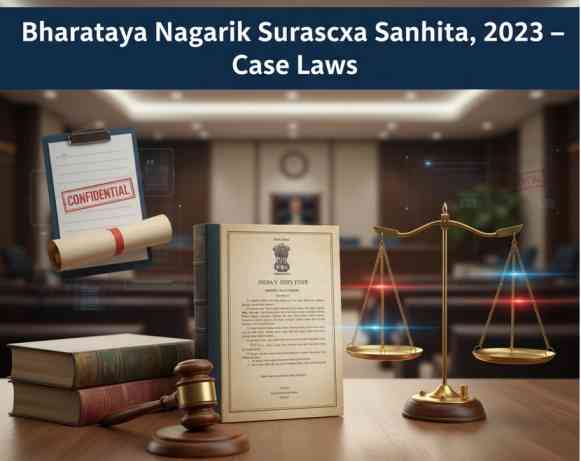
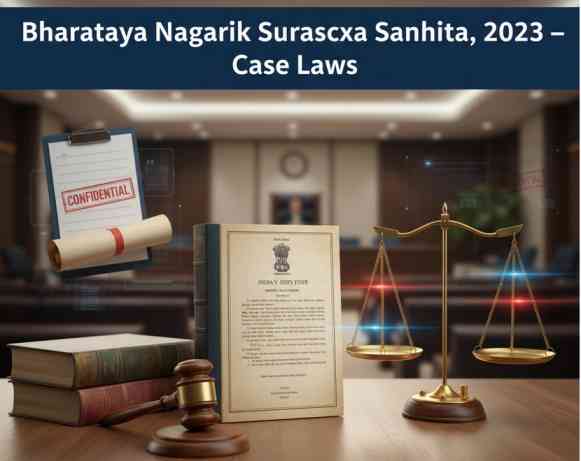
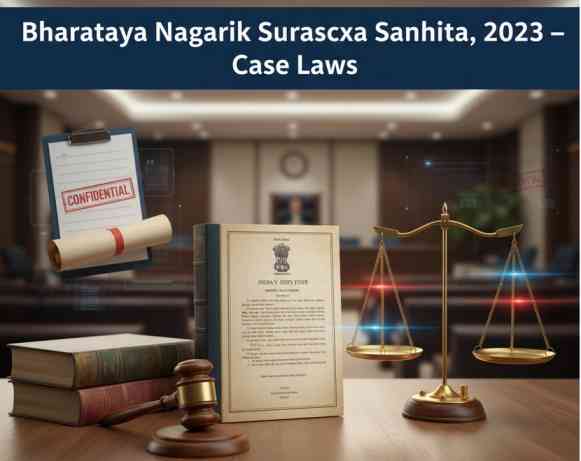
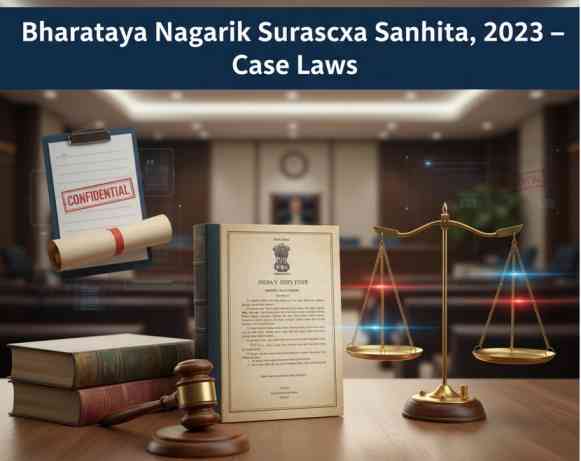
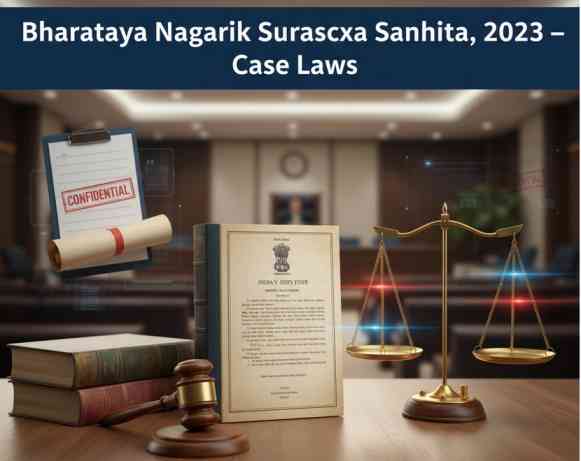
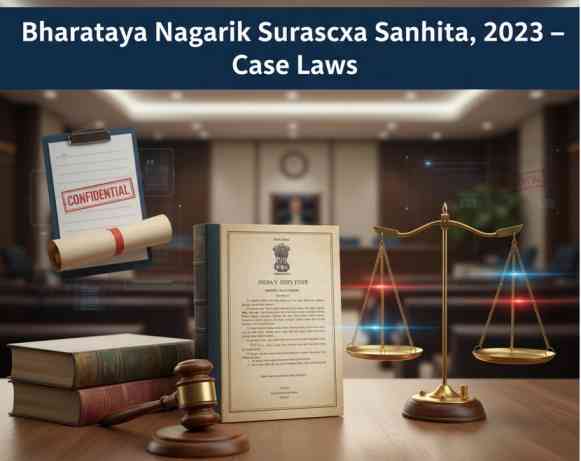
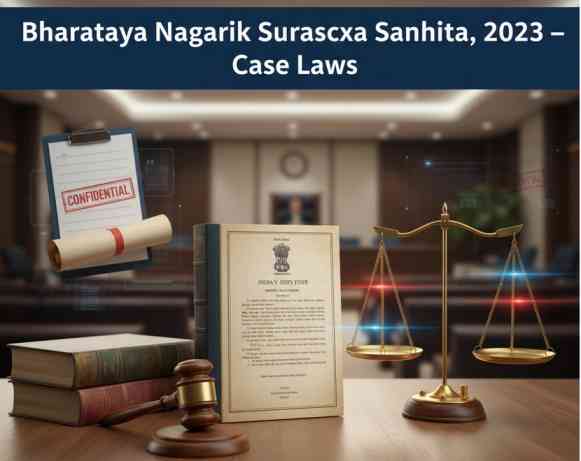
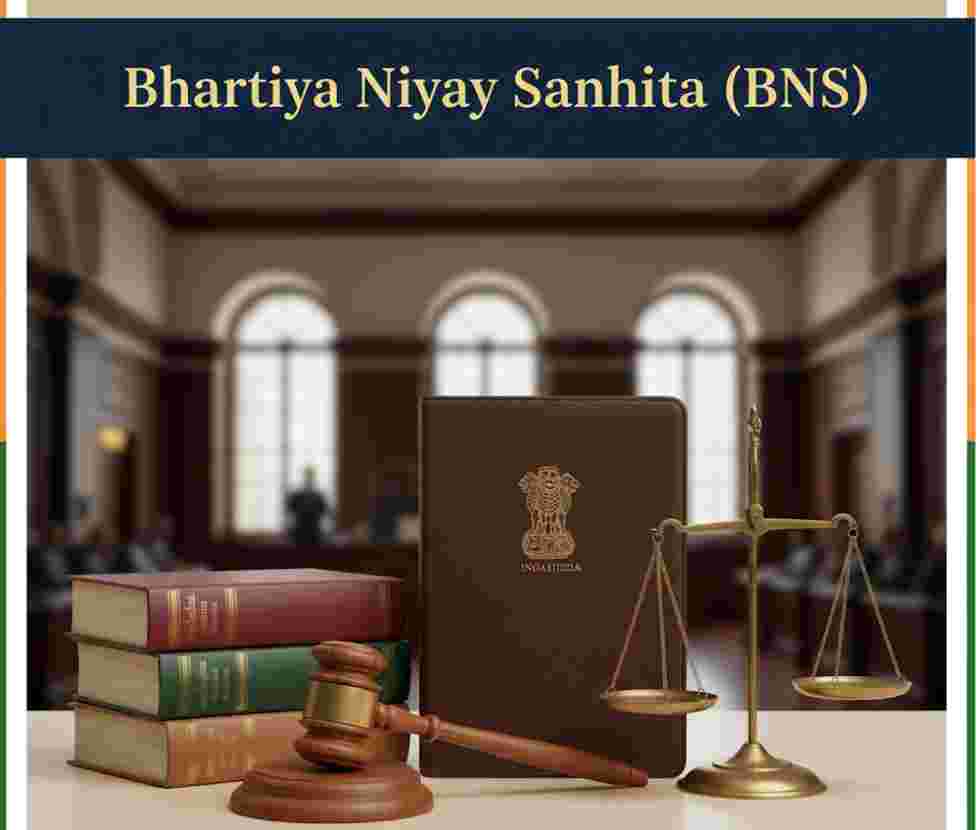
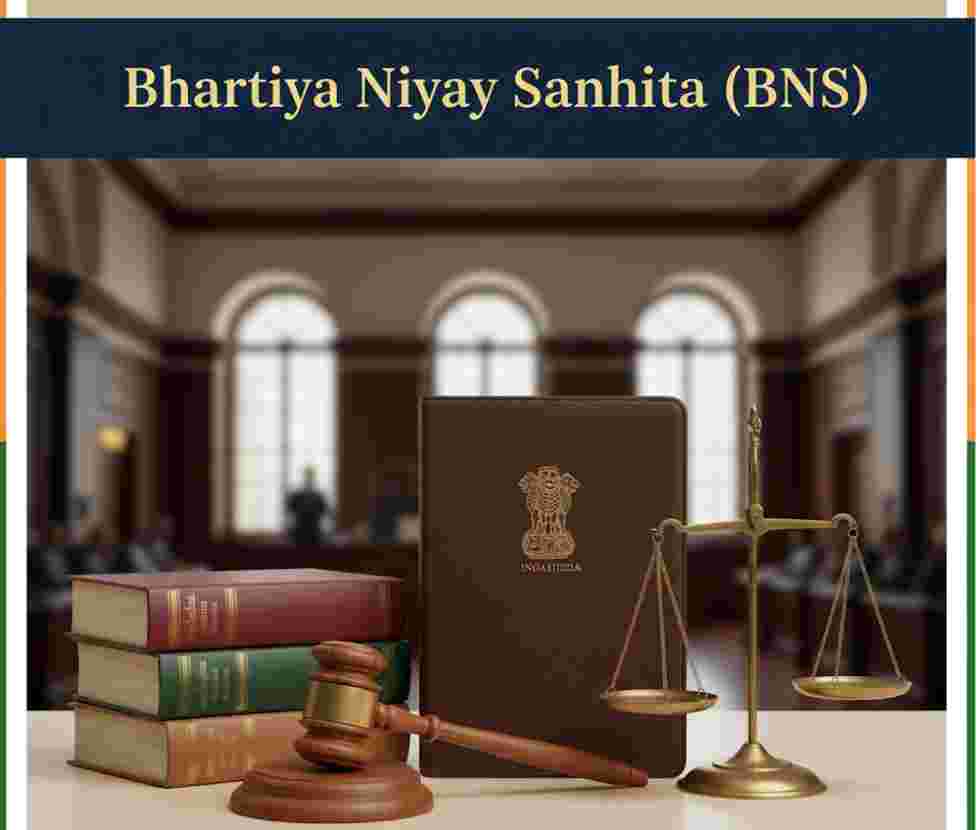
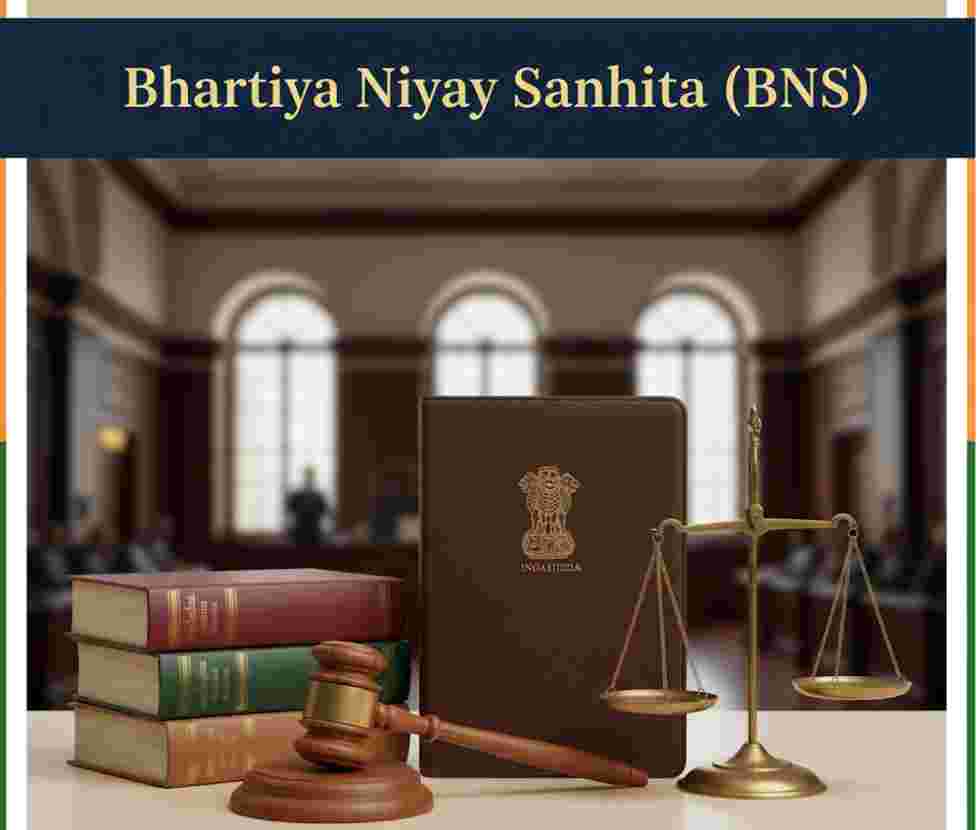

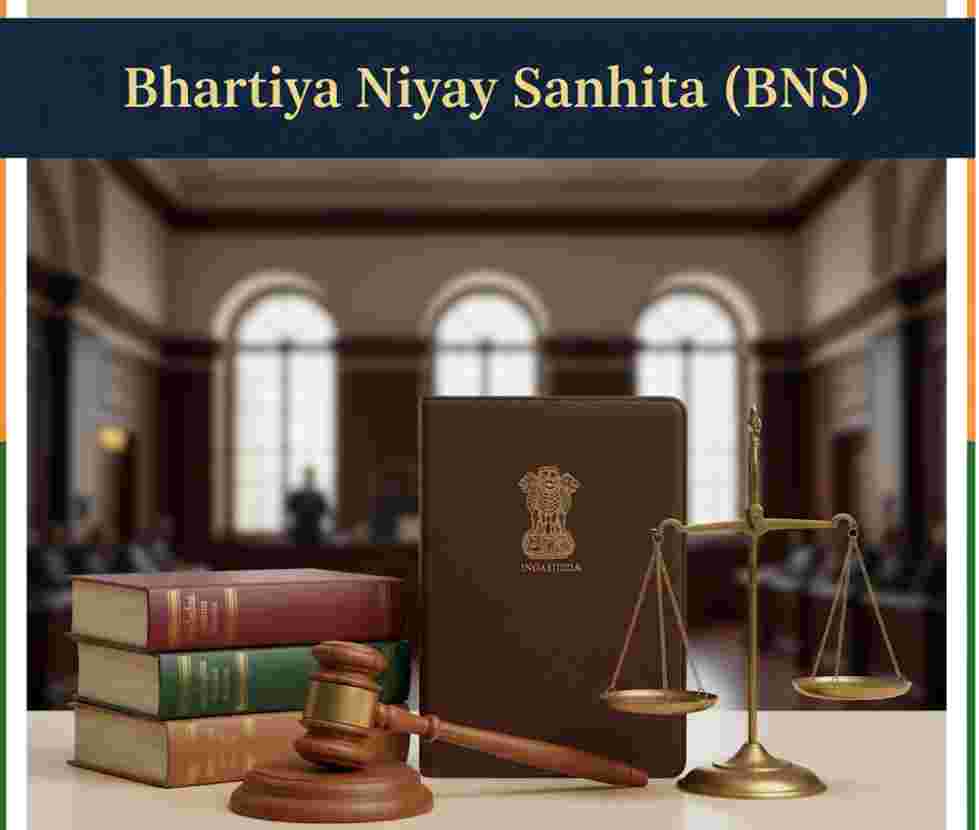


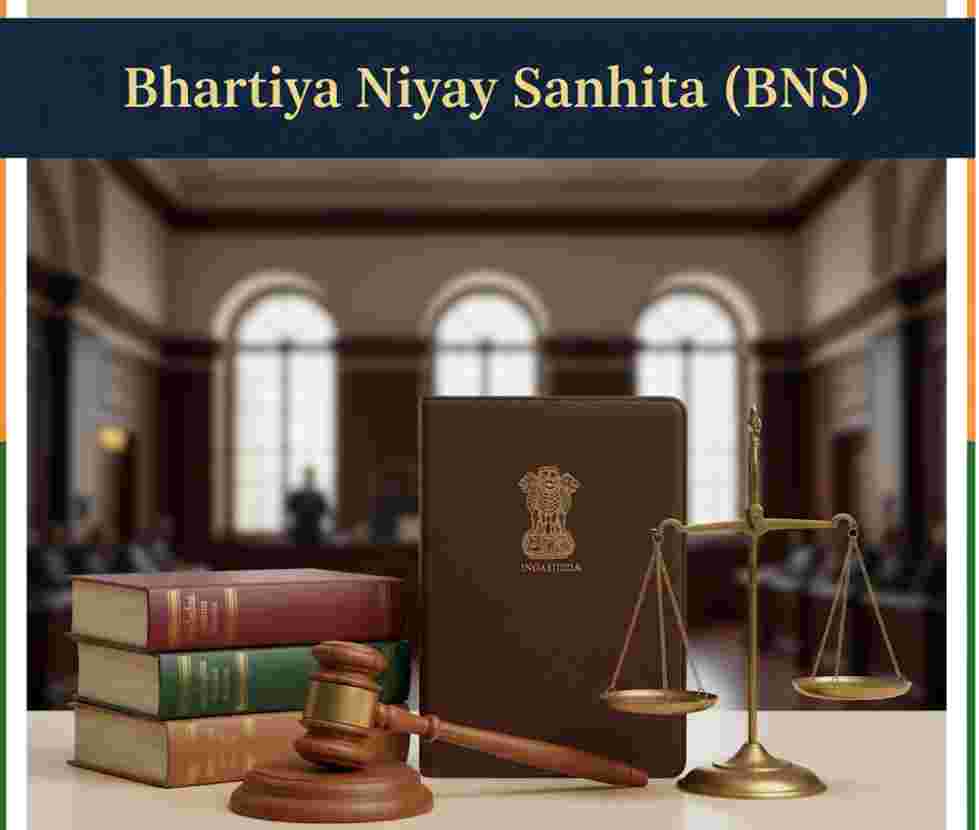
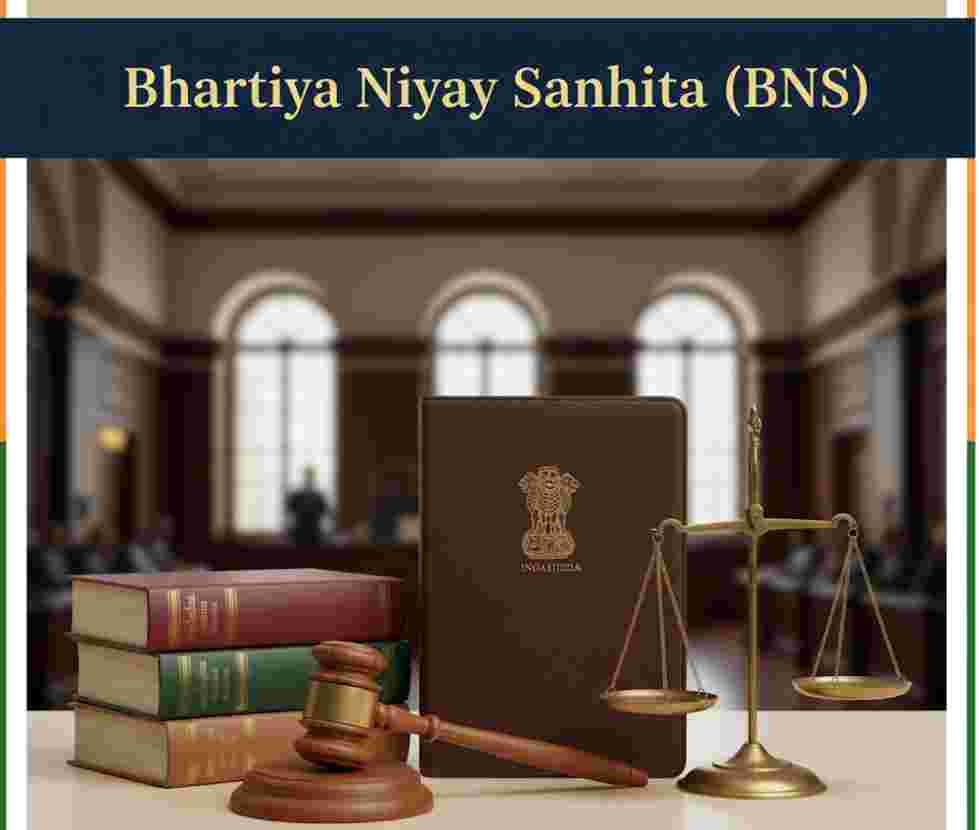
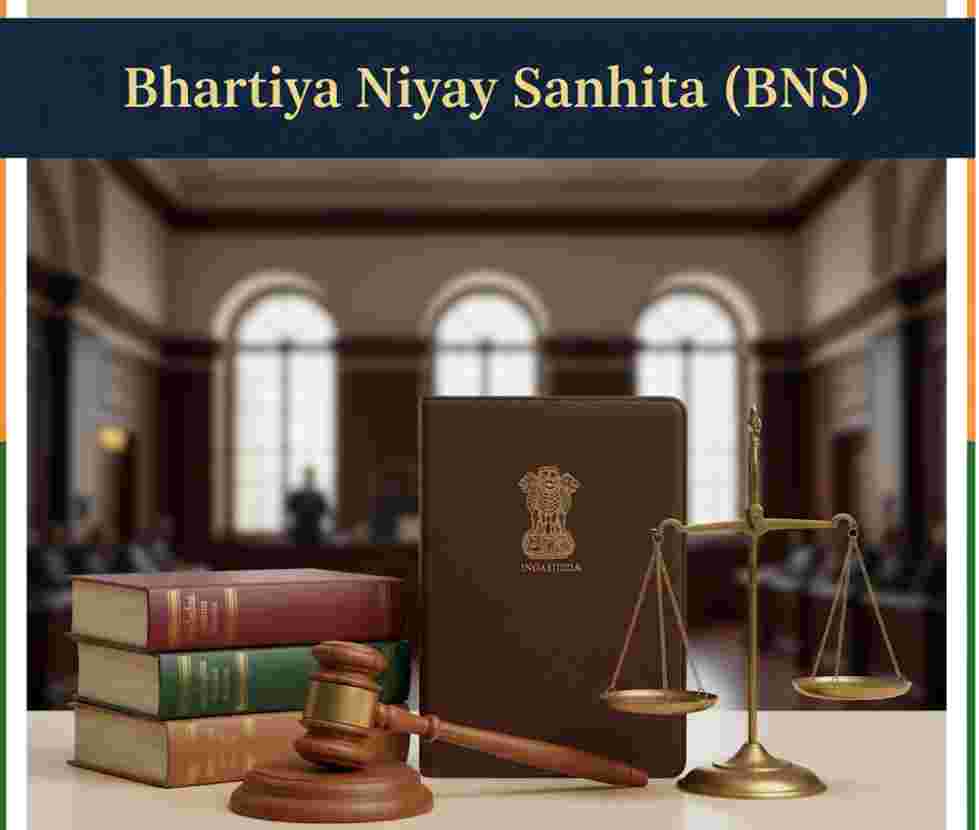
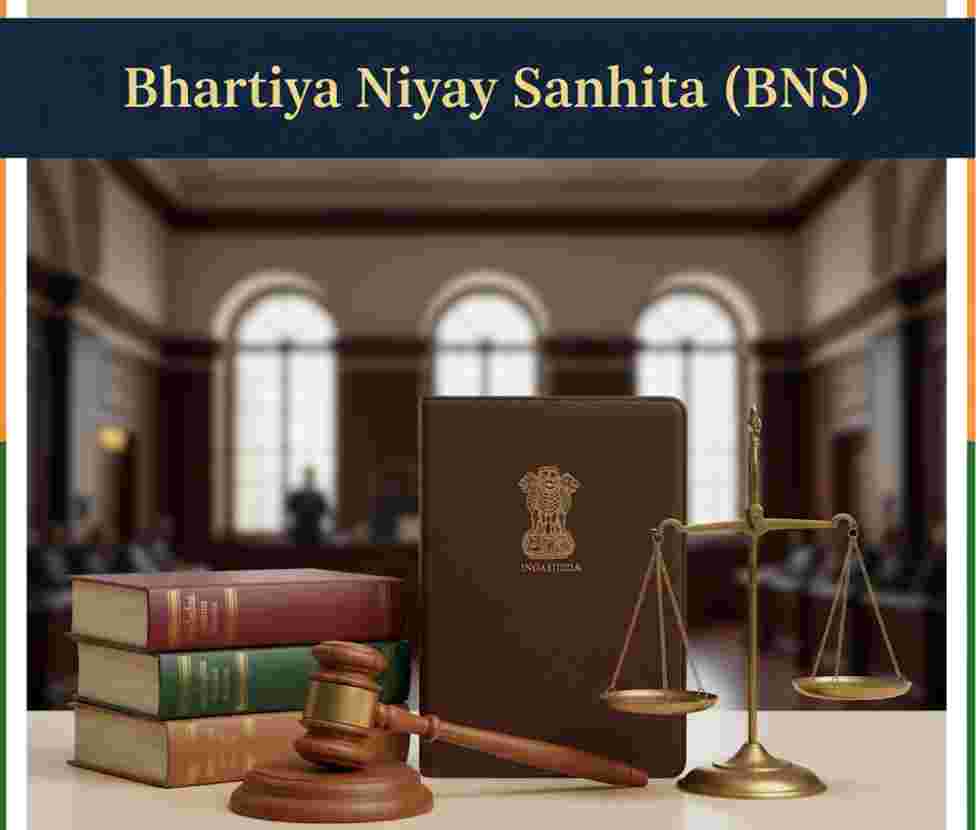
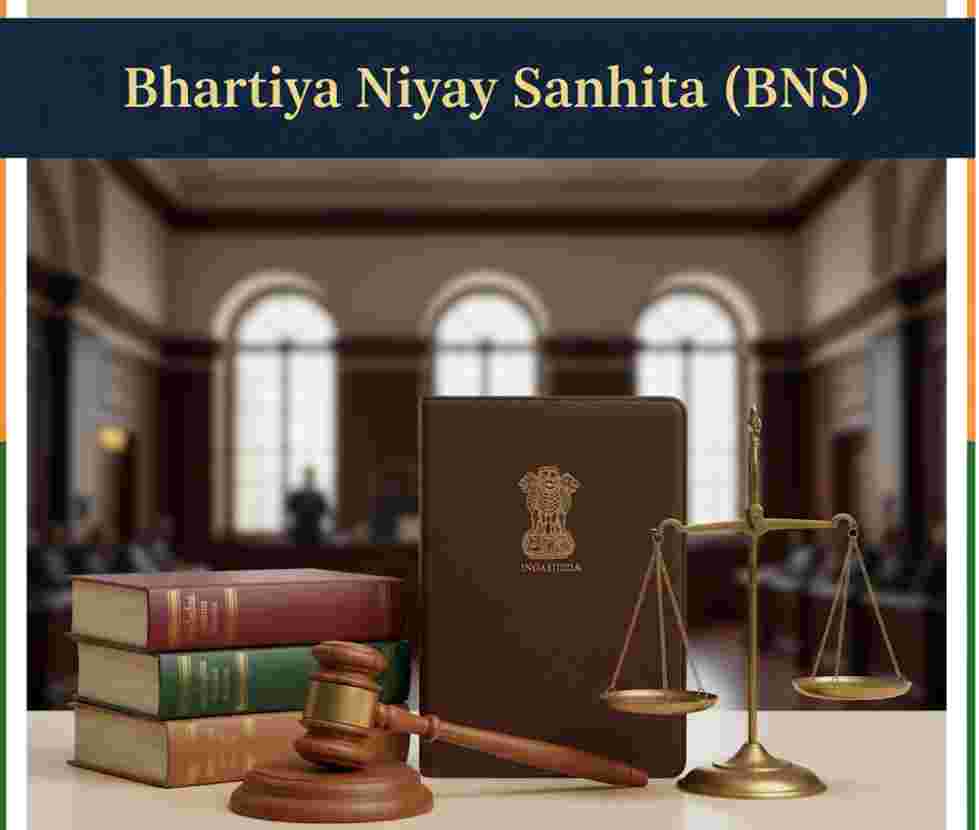

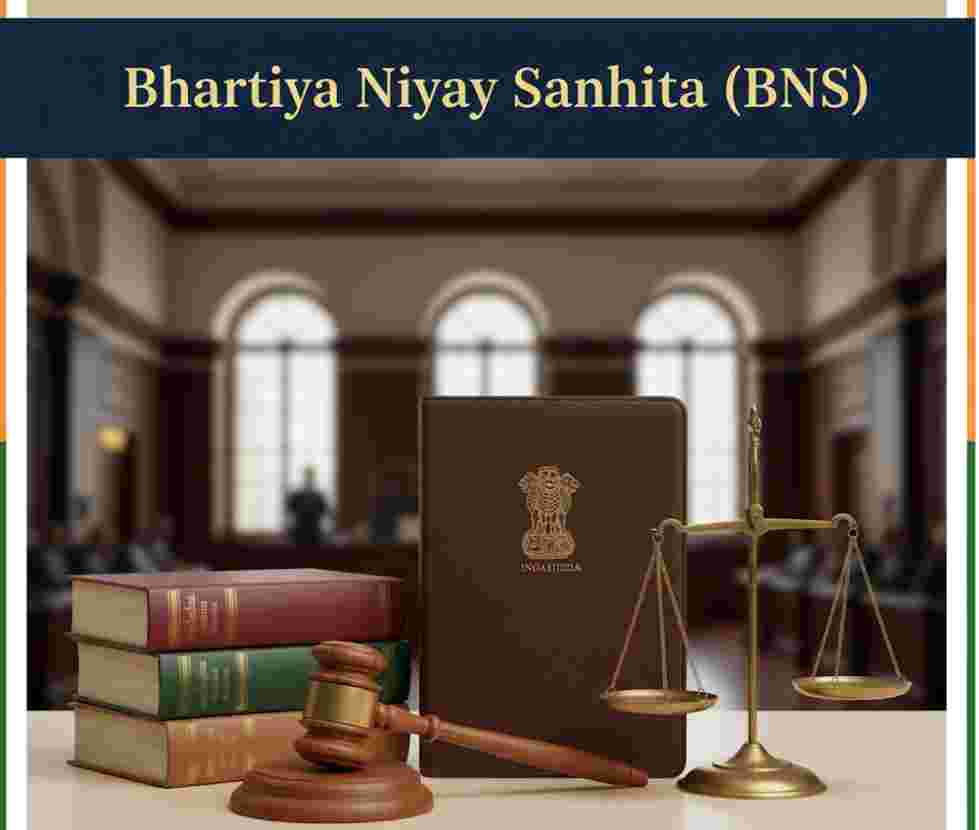
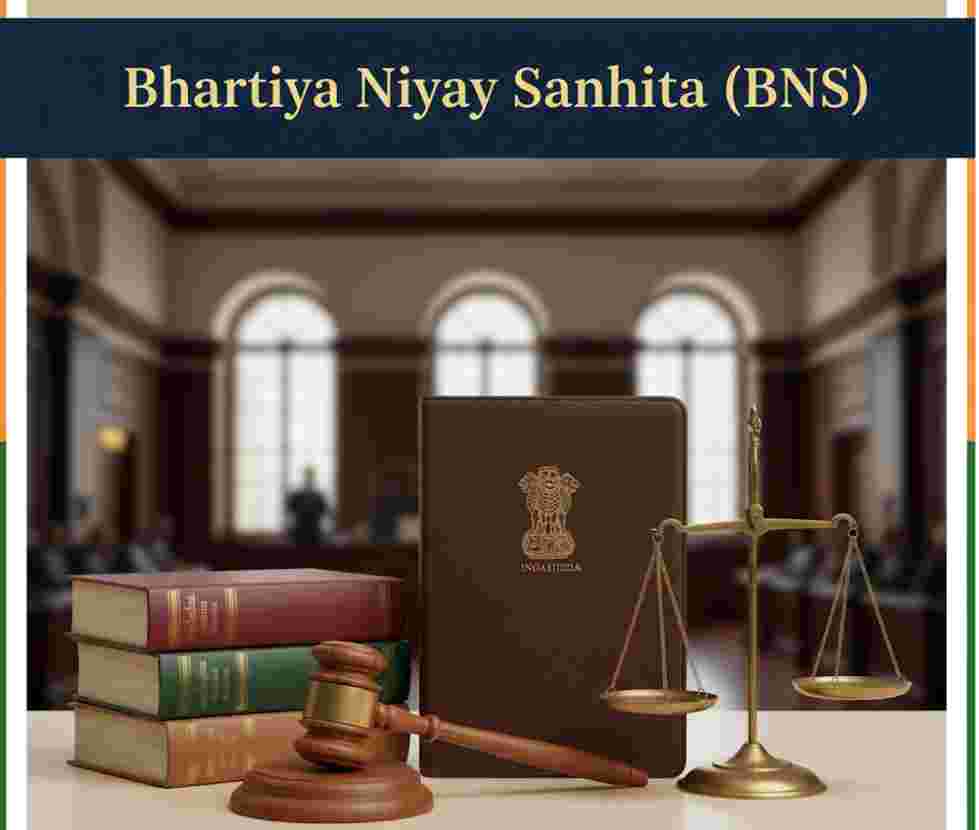
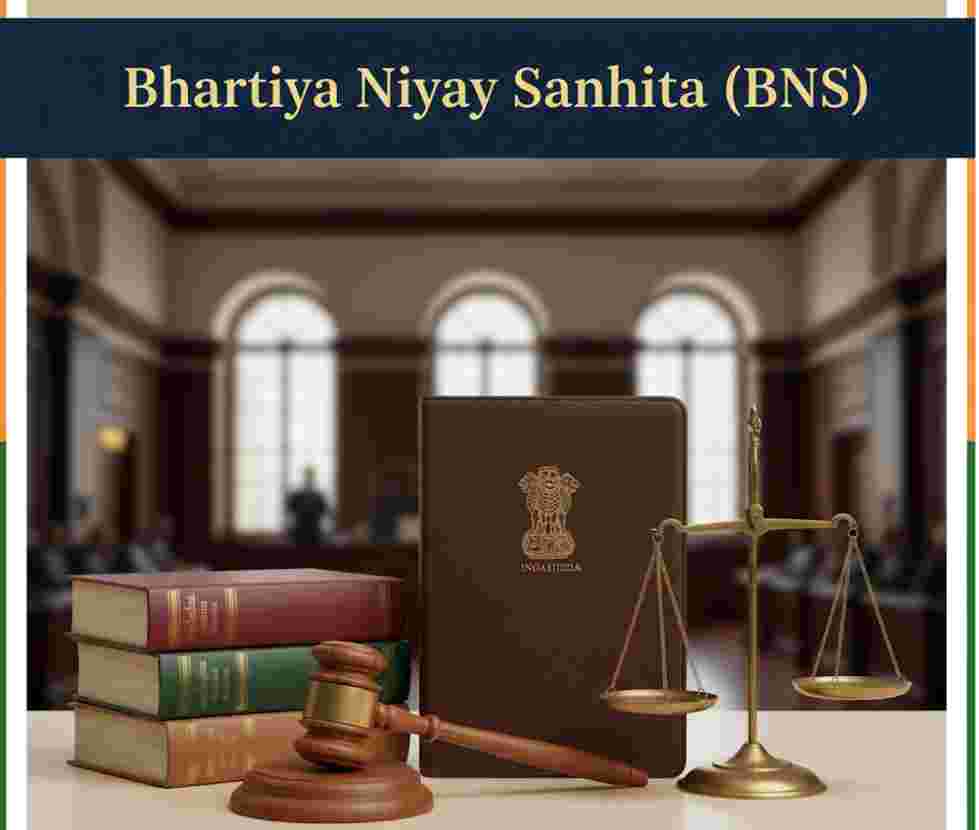
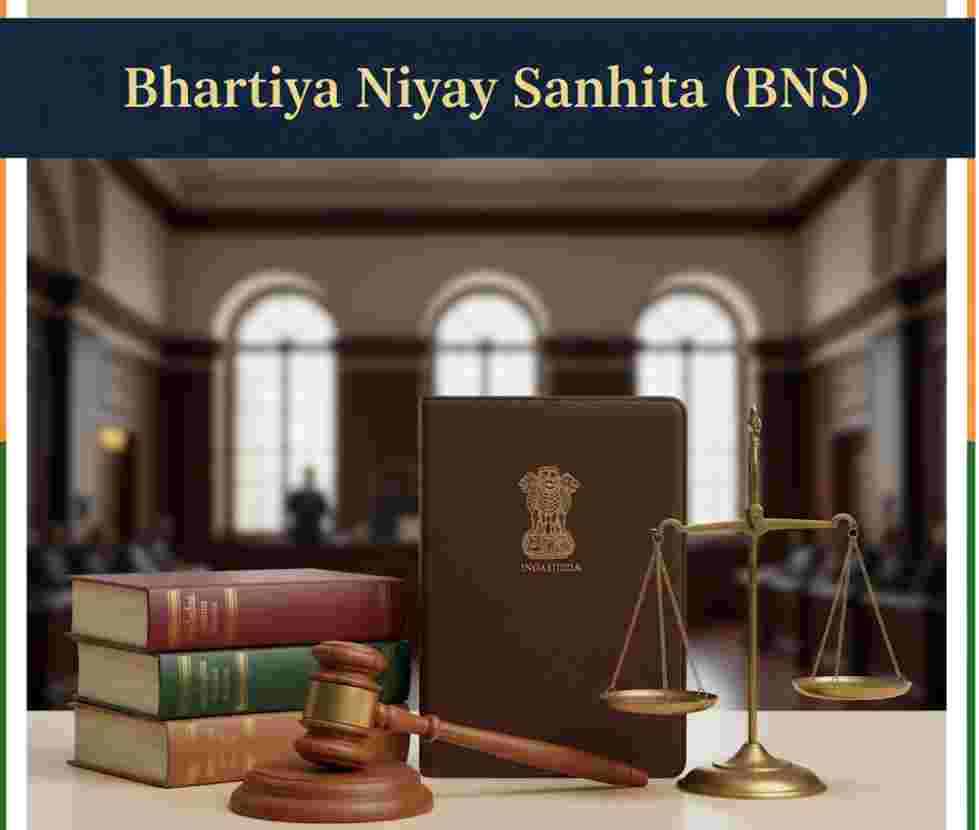
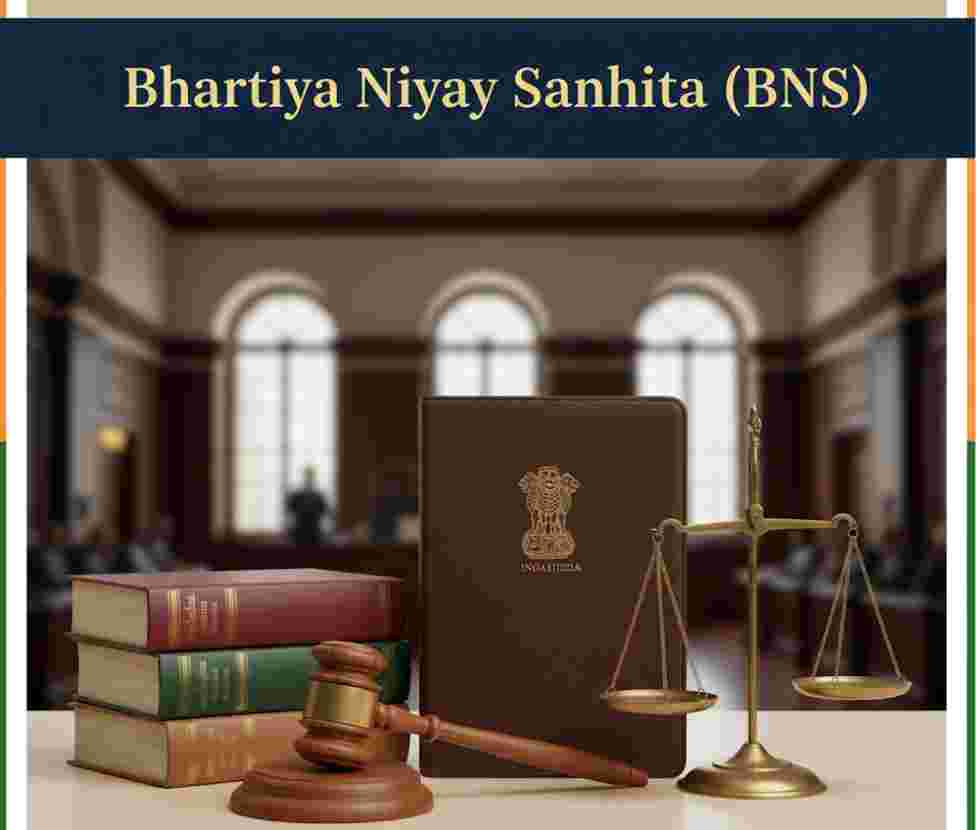
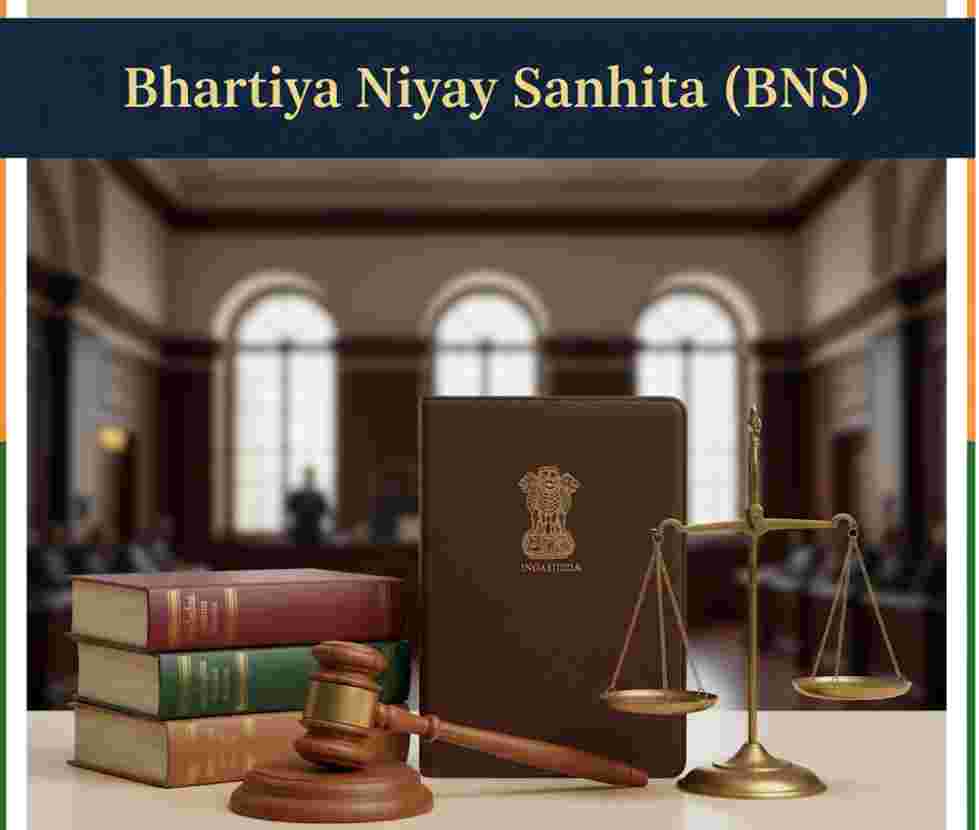
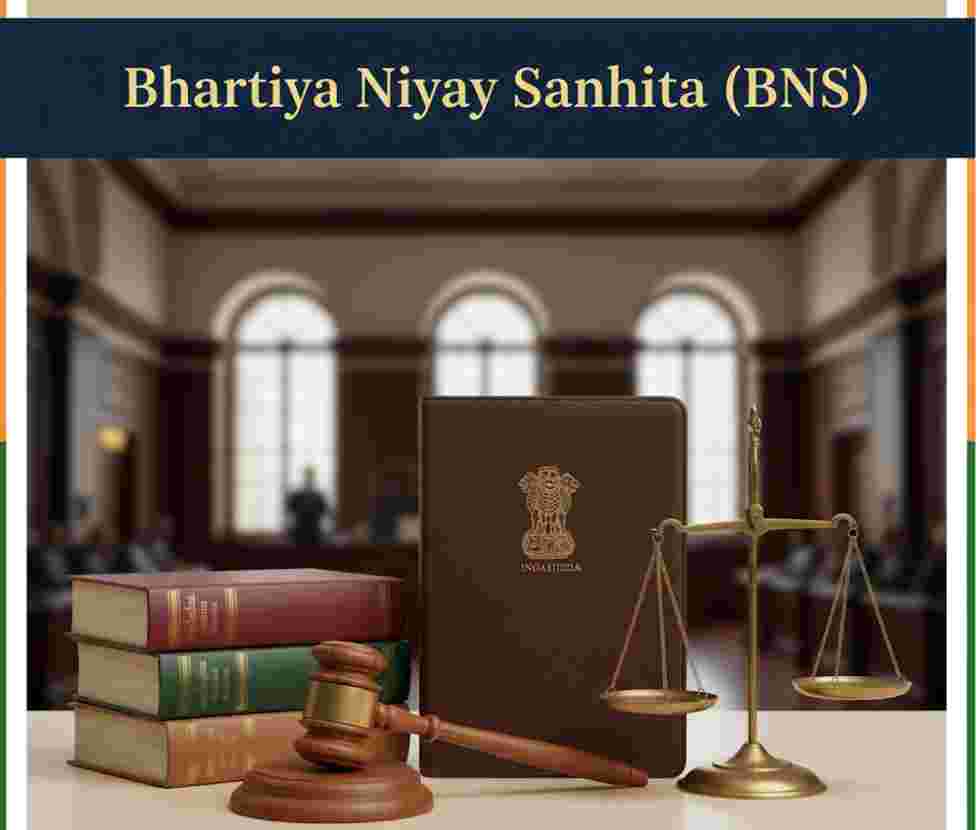
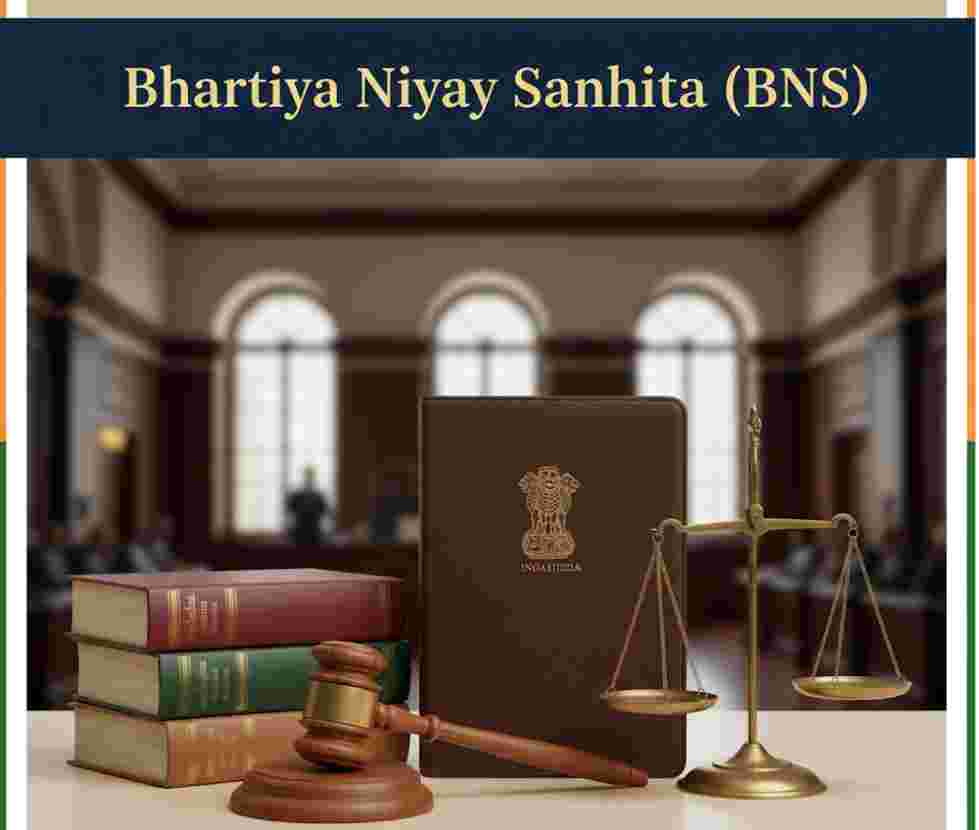
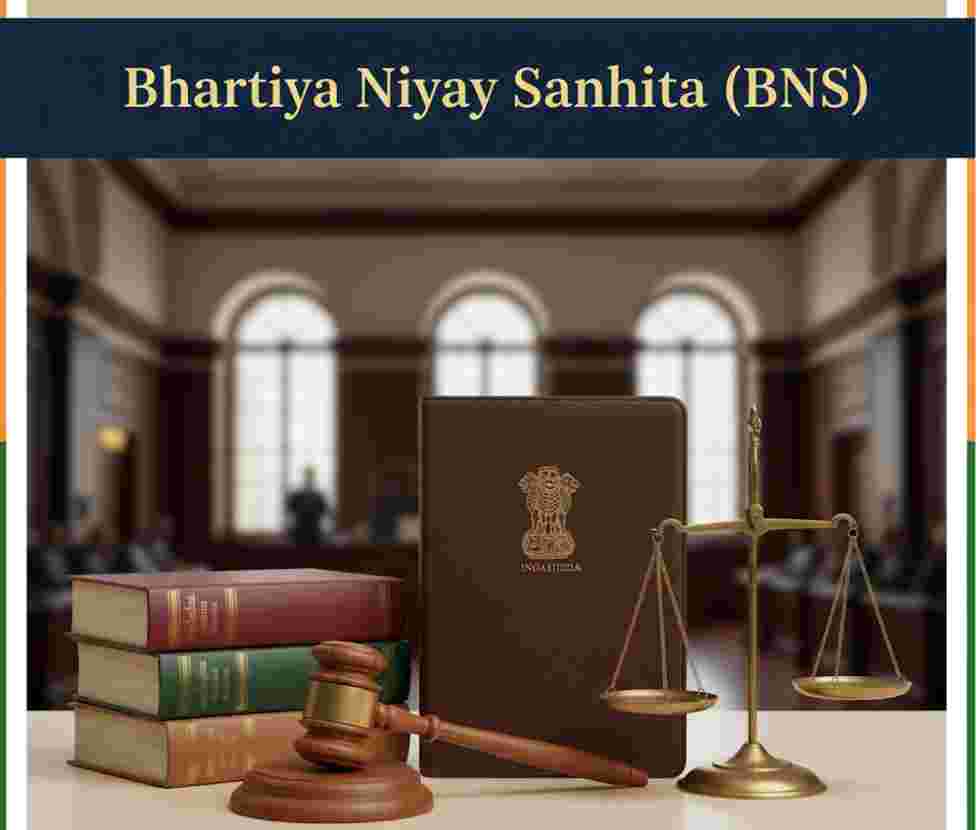
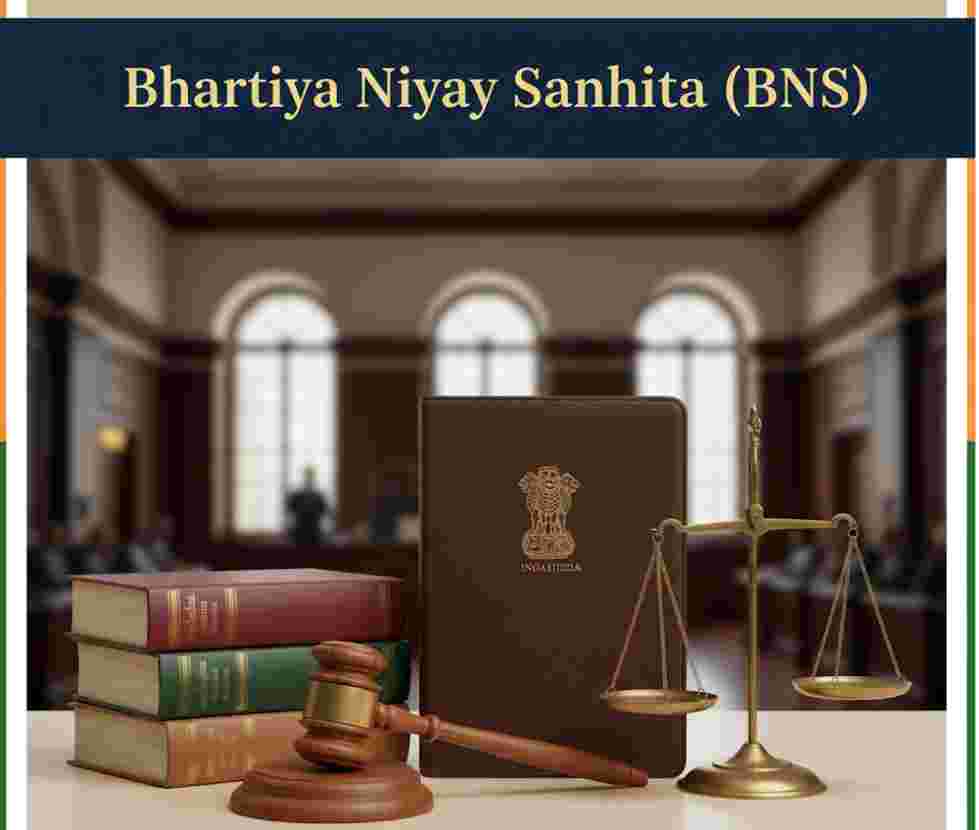
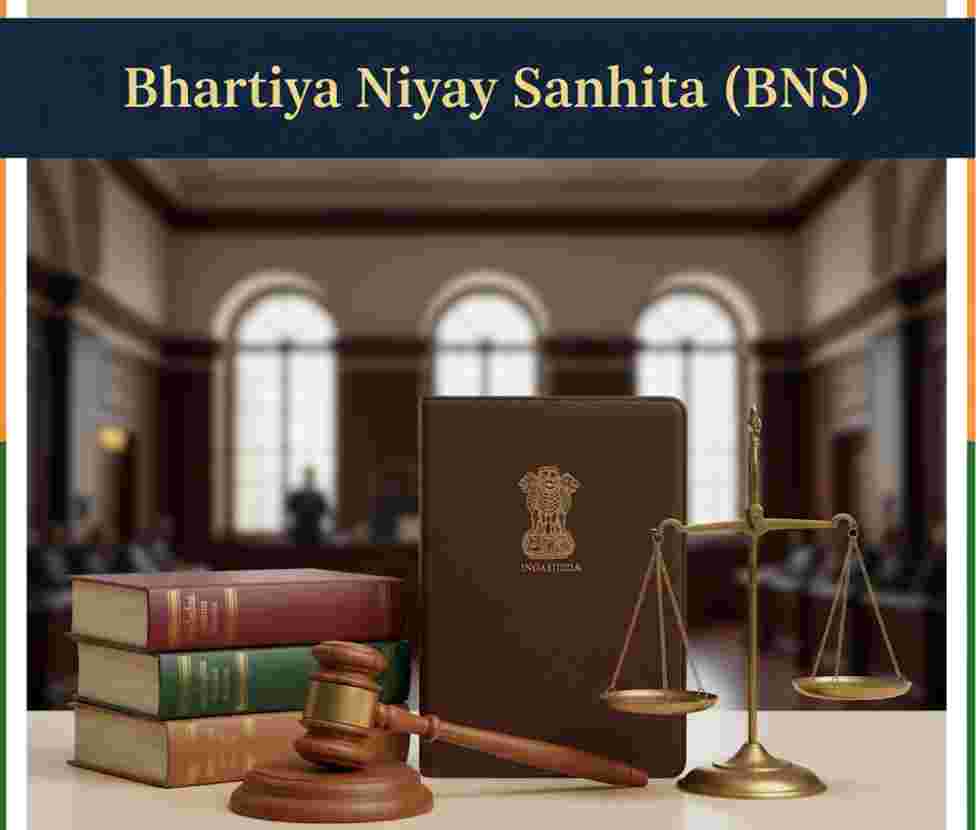

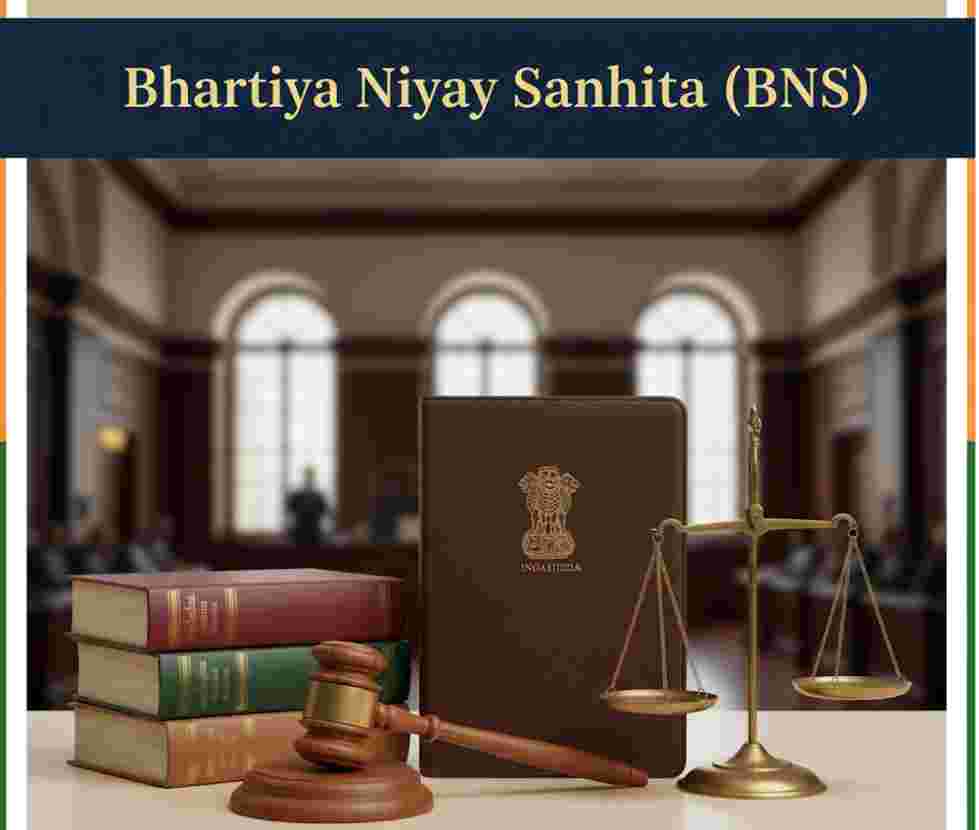


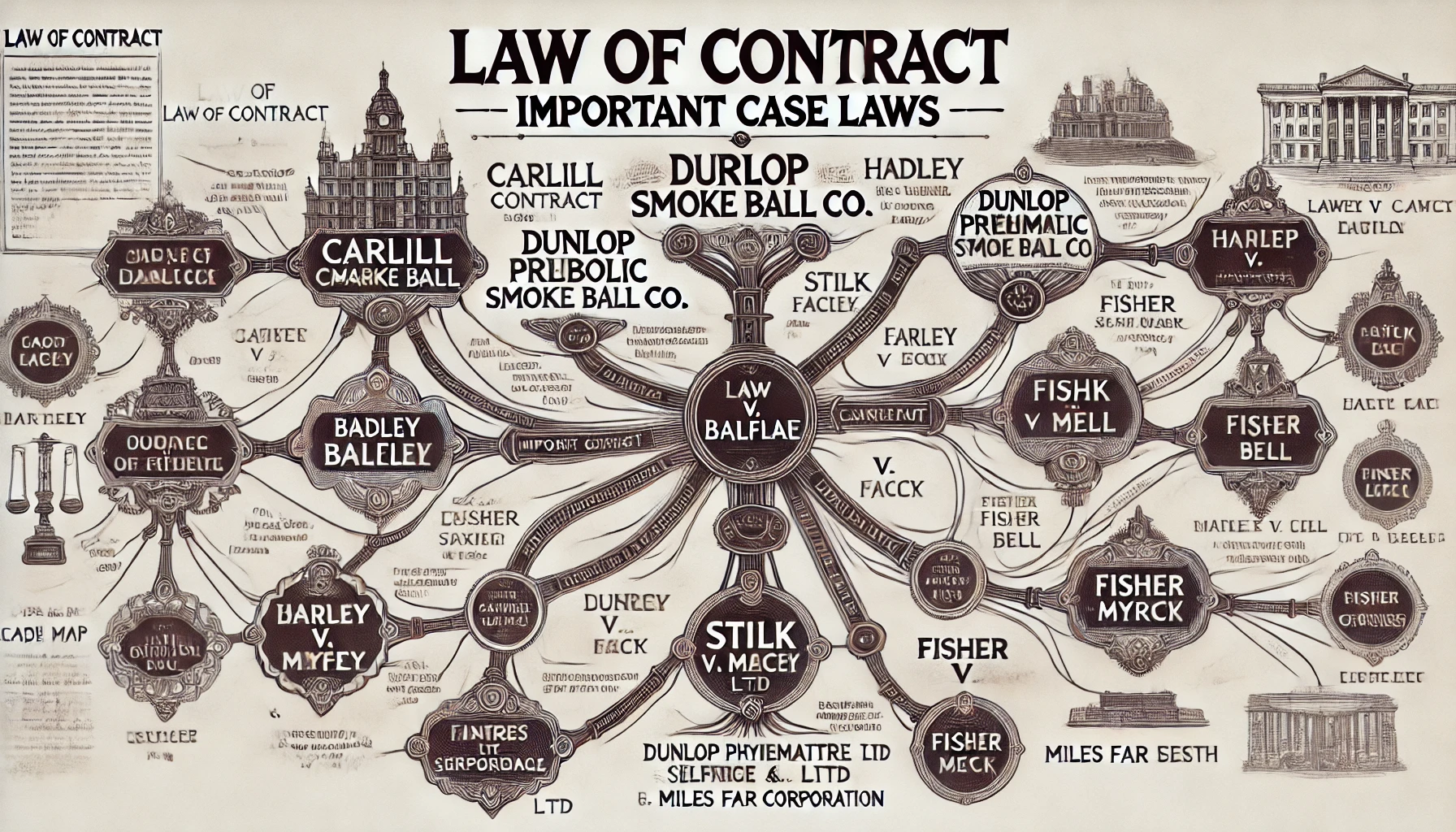


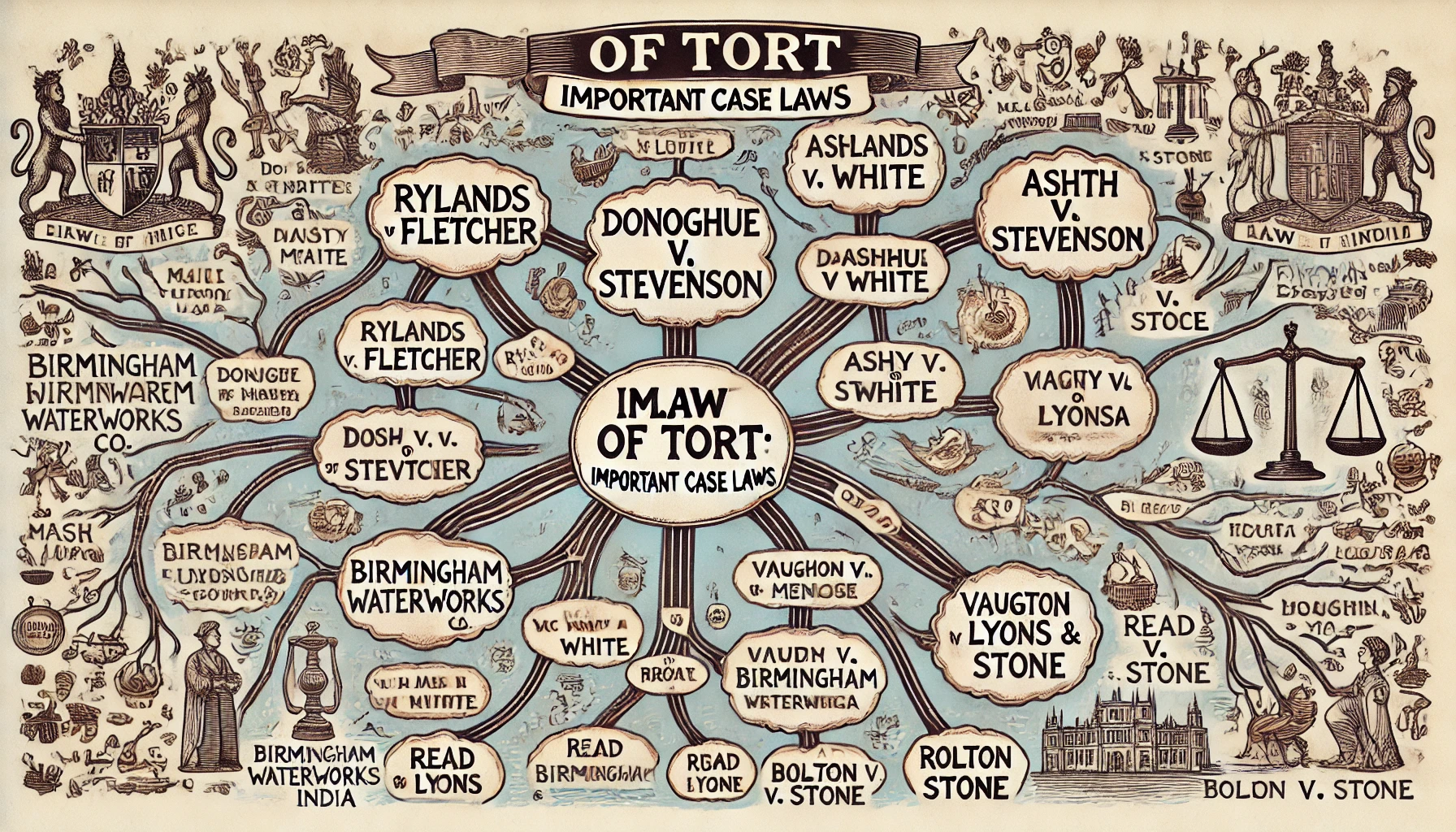

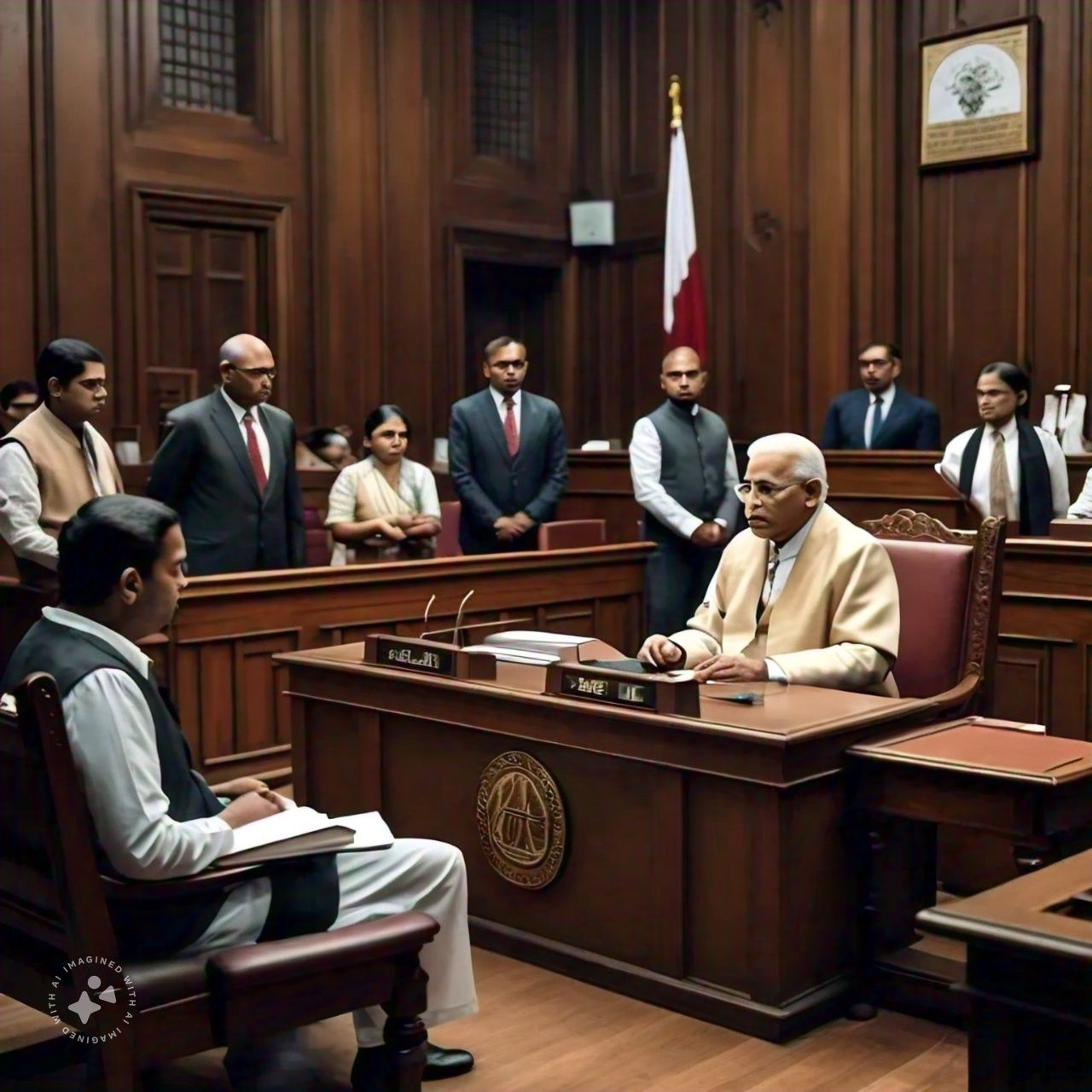









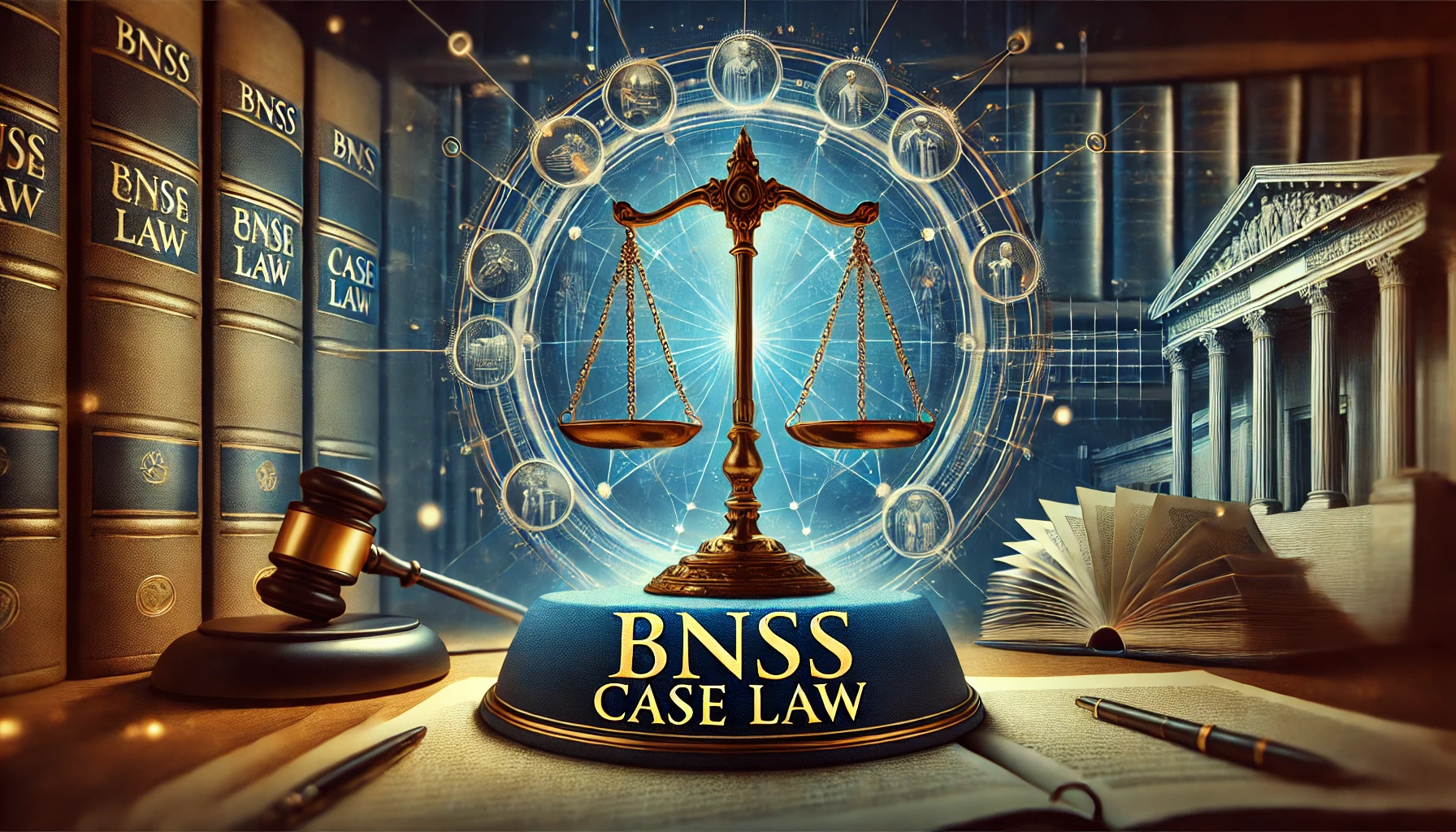








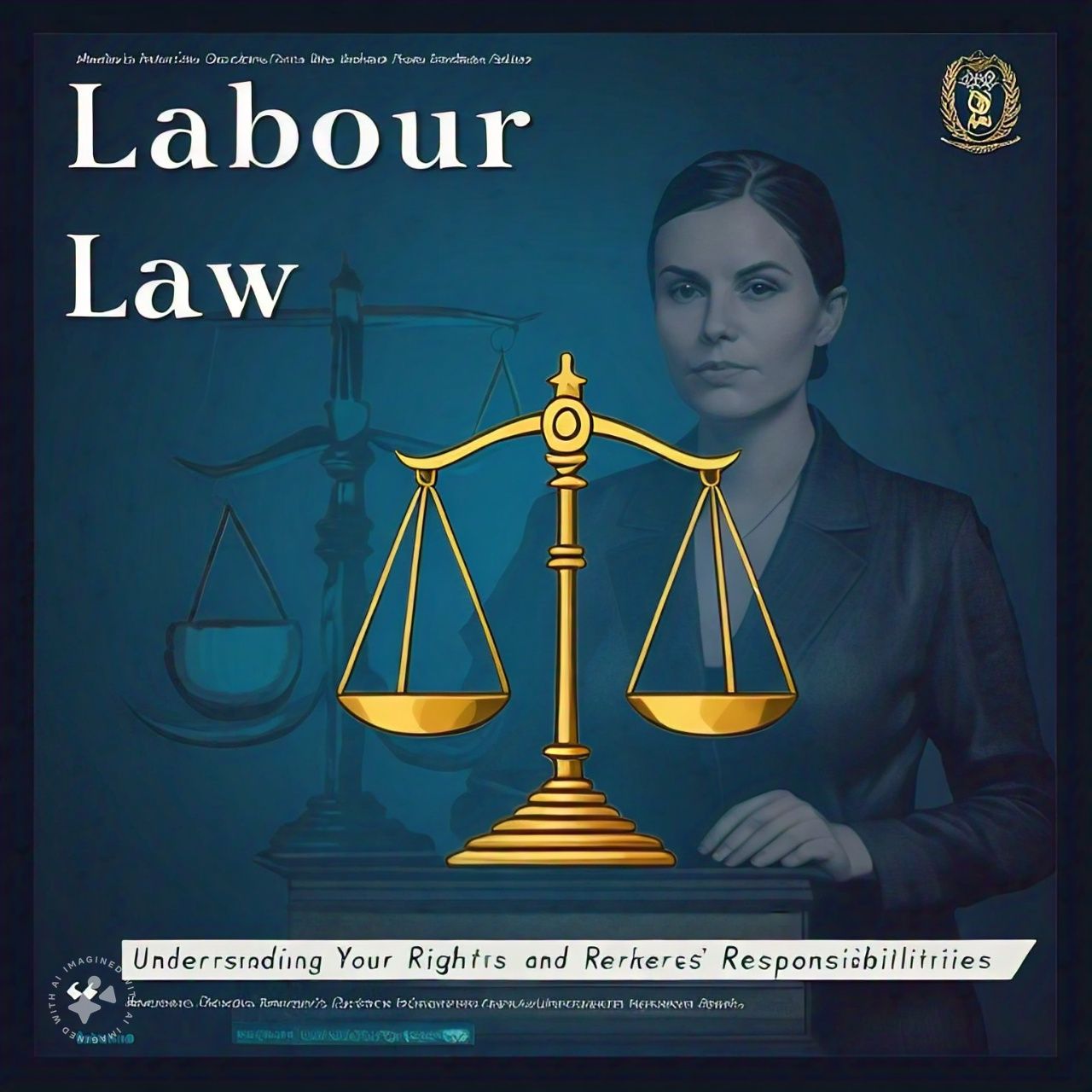





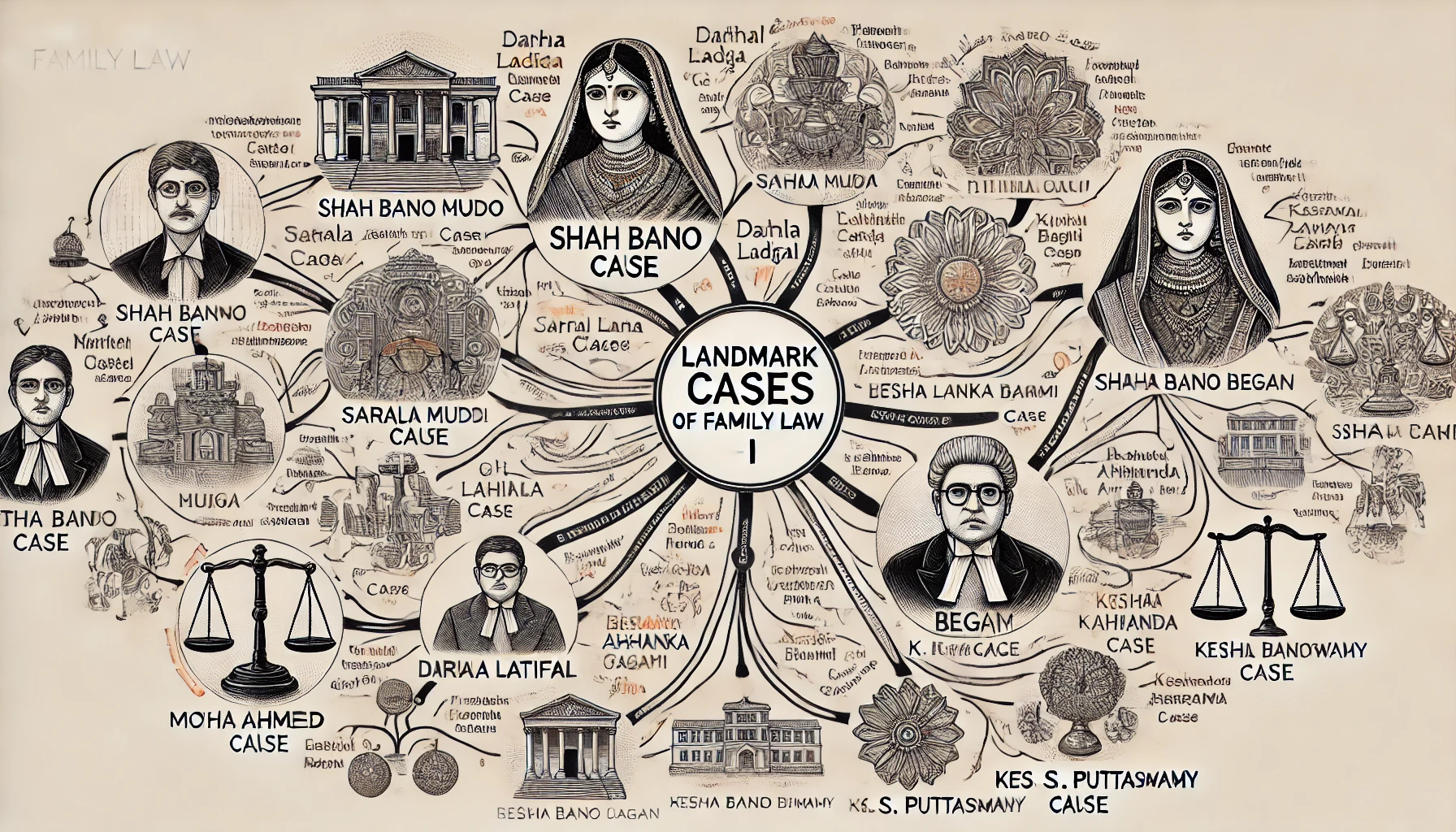


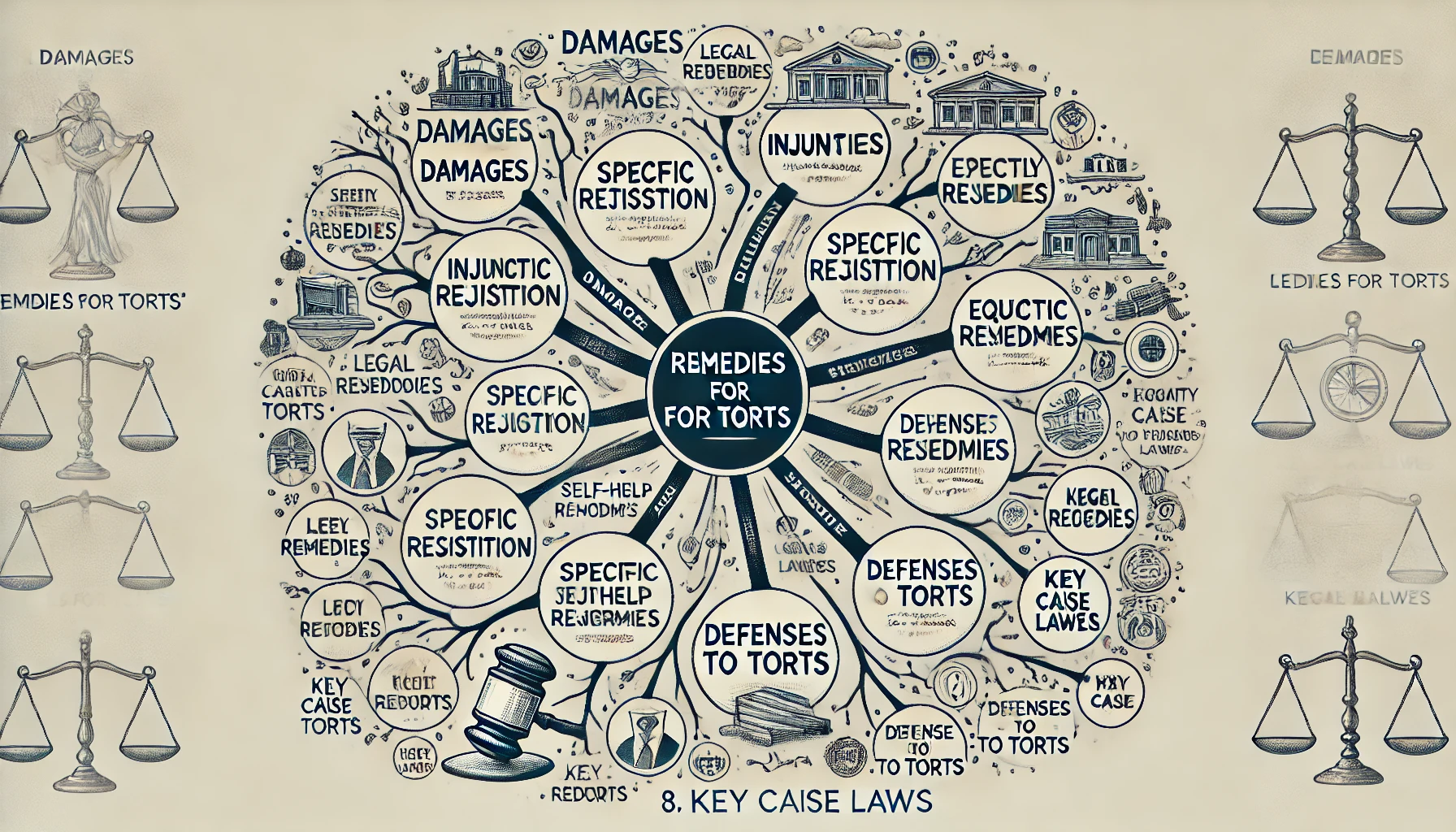


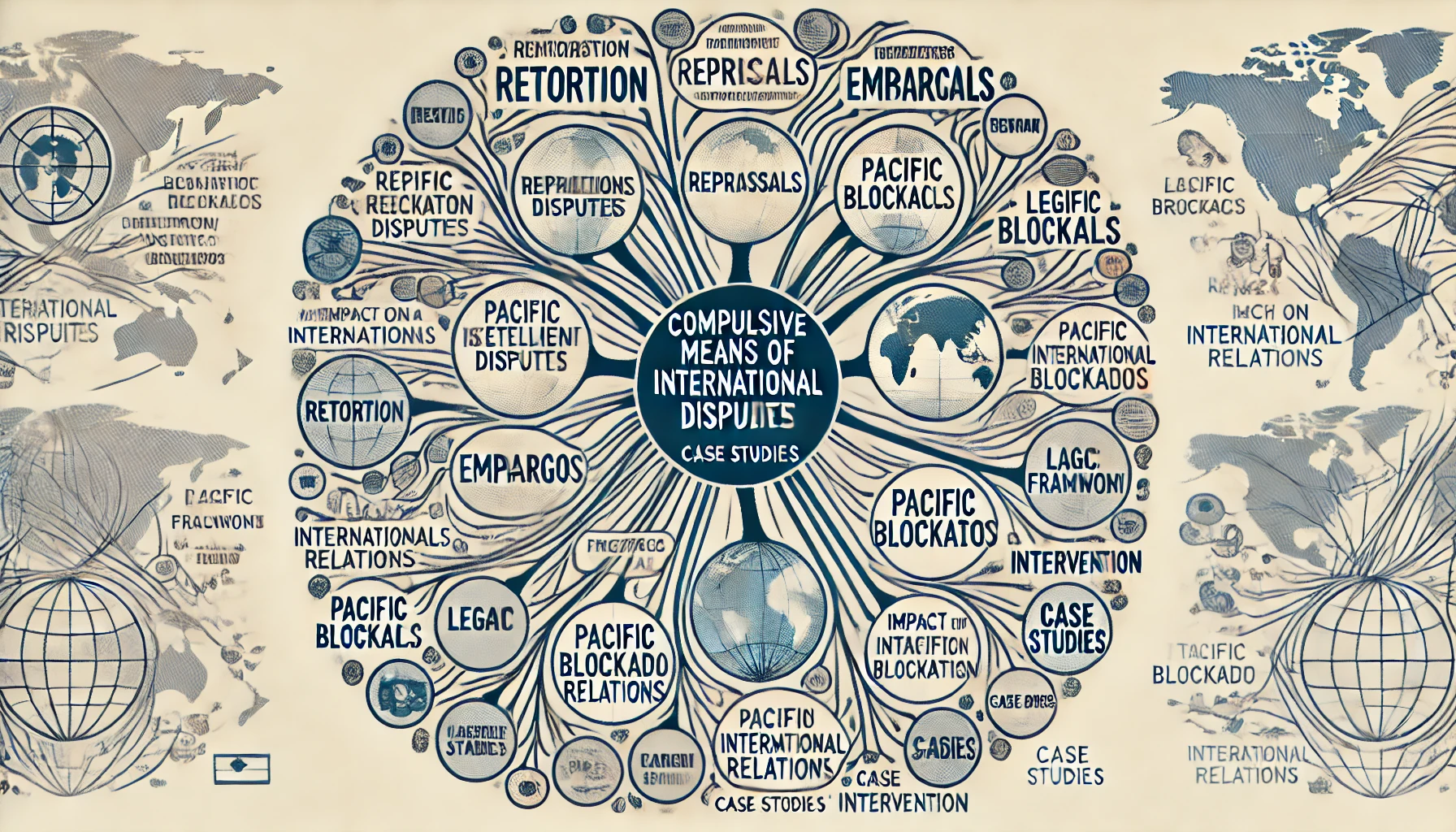








Comment
Nothing for now